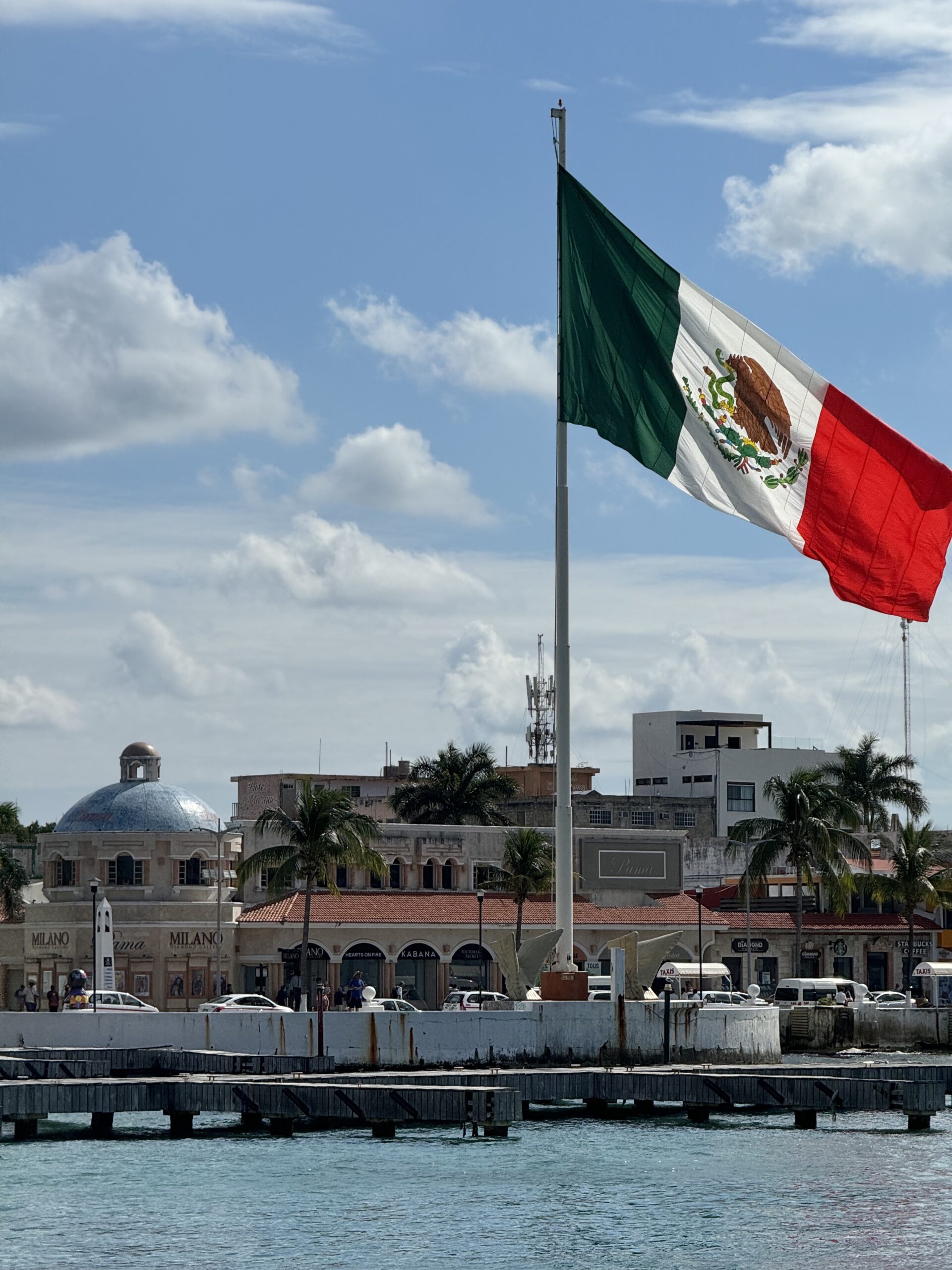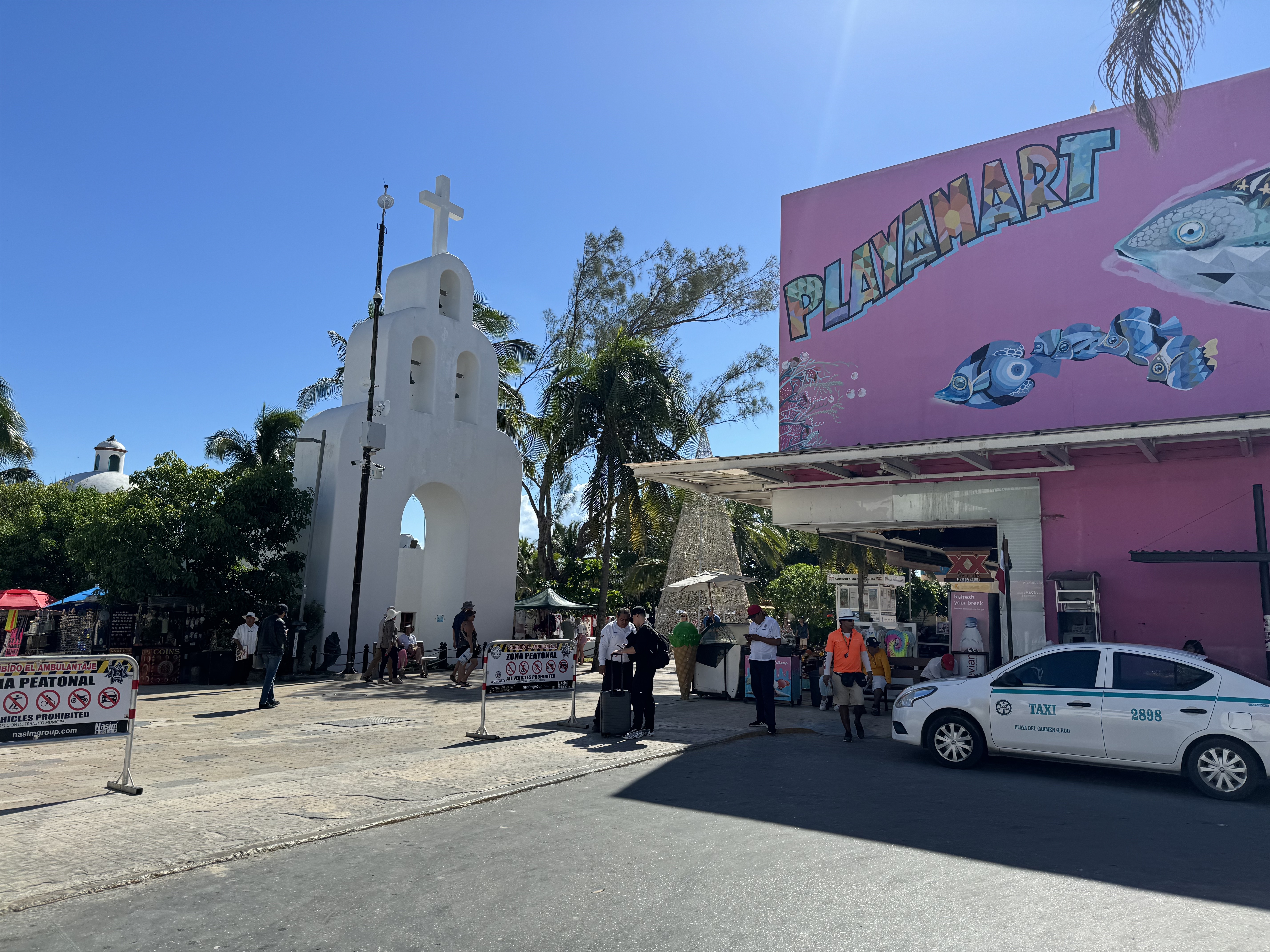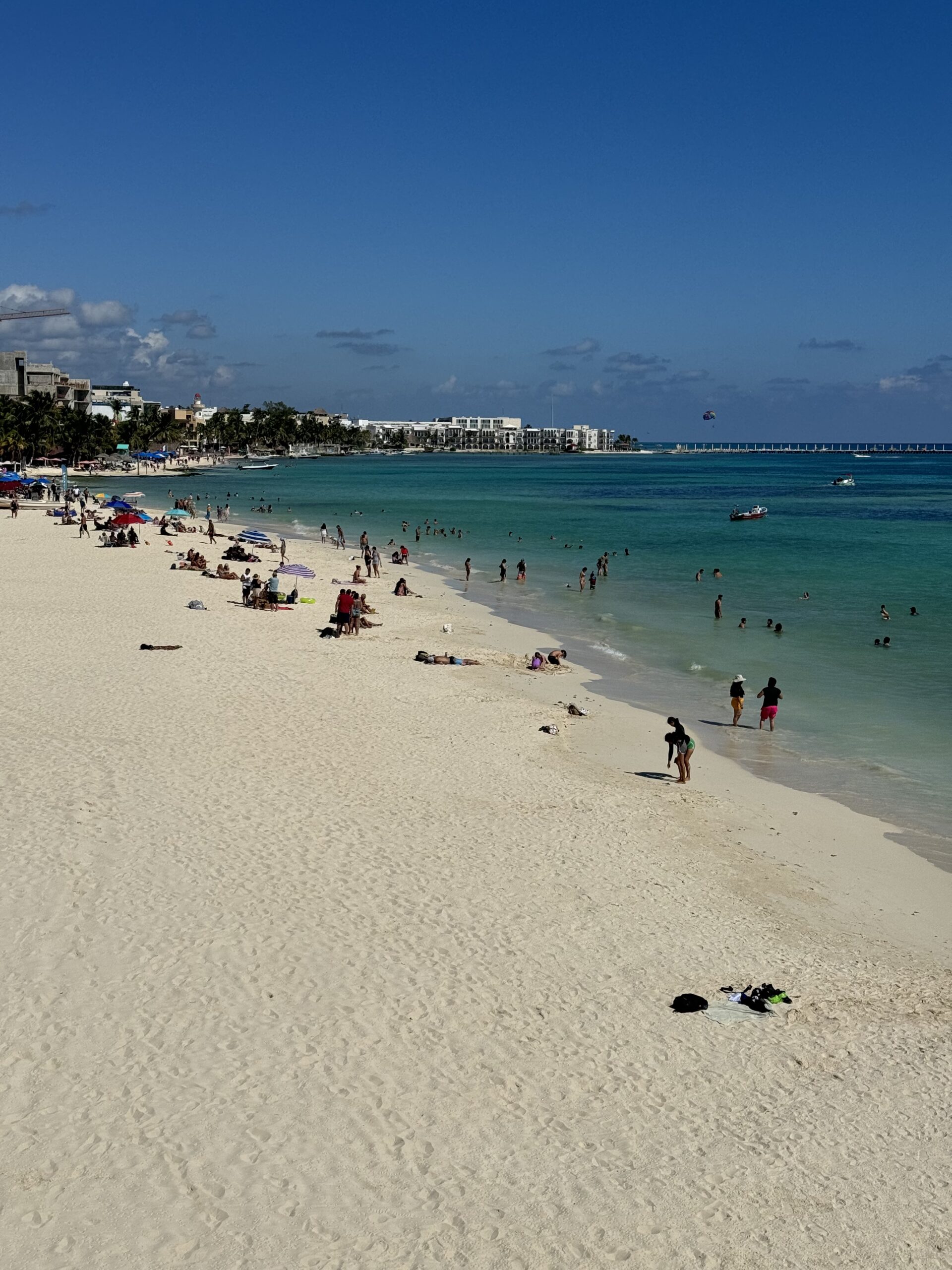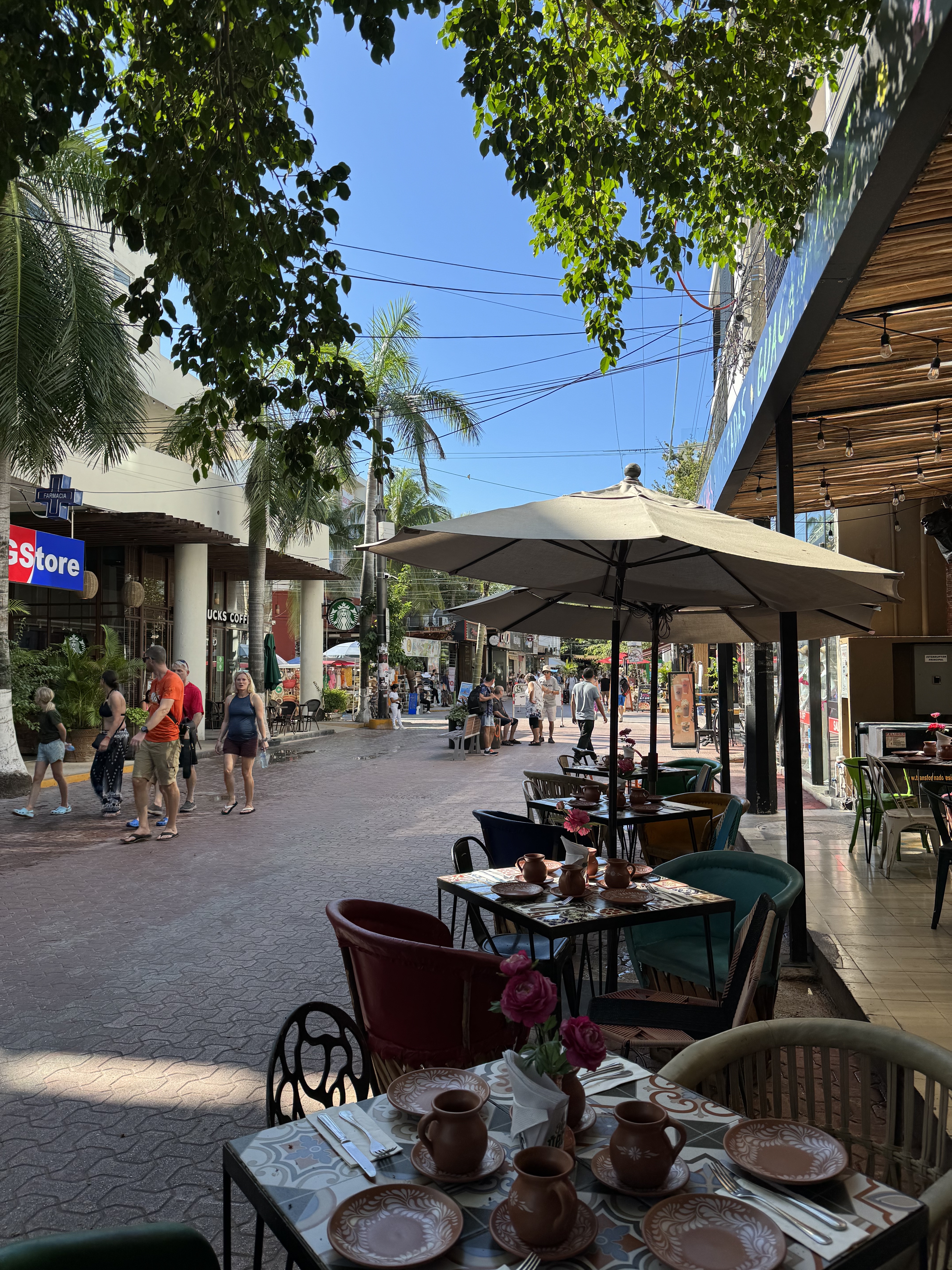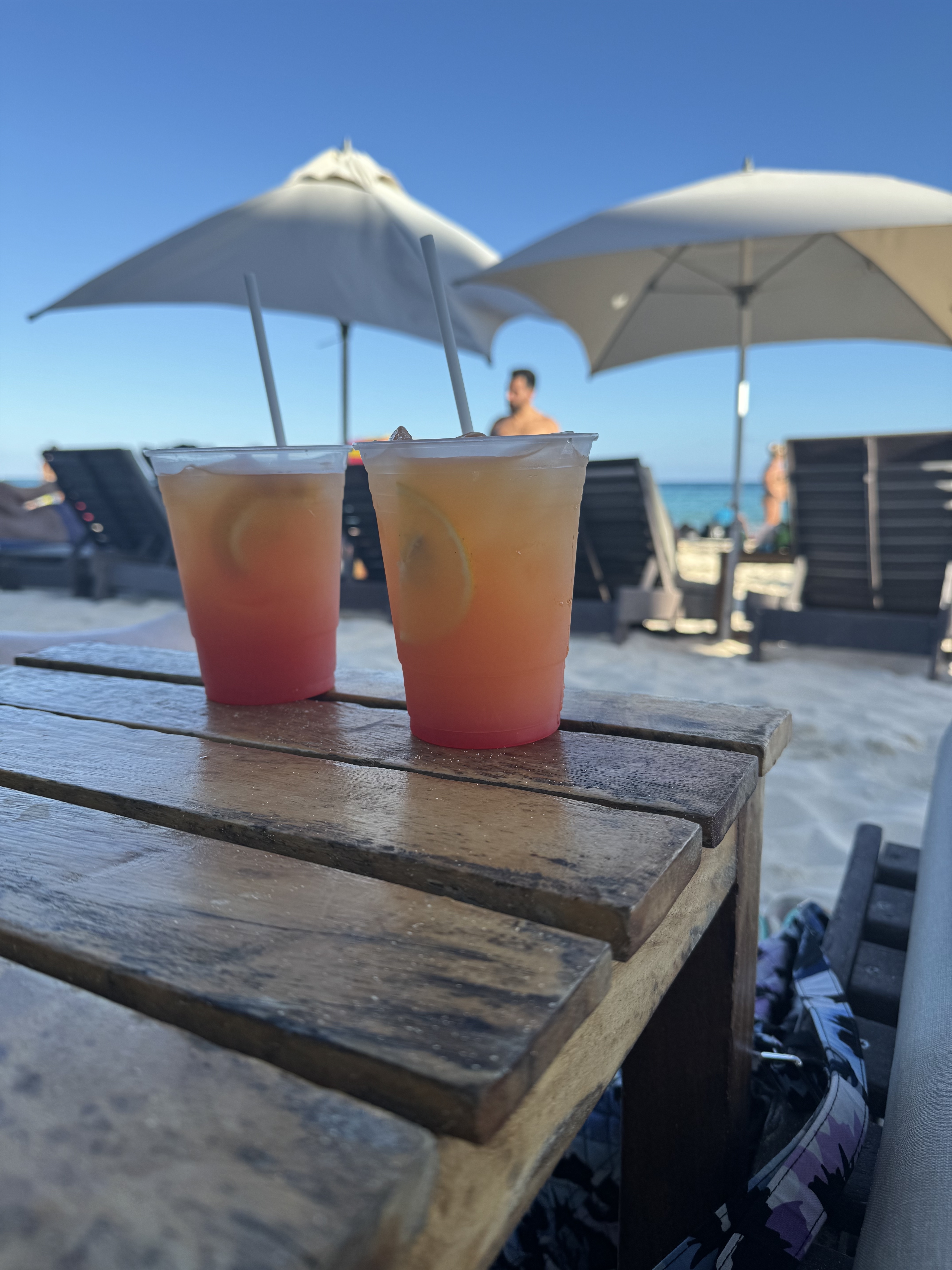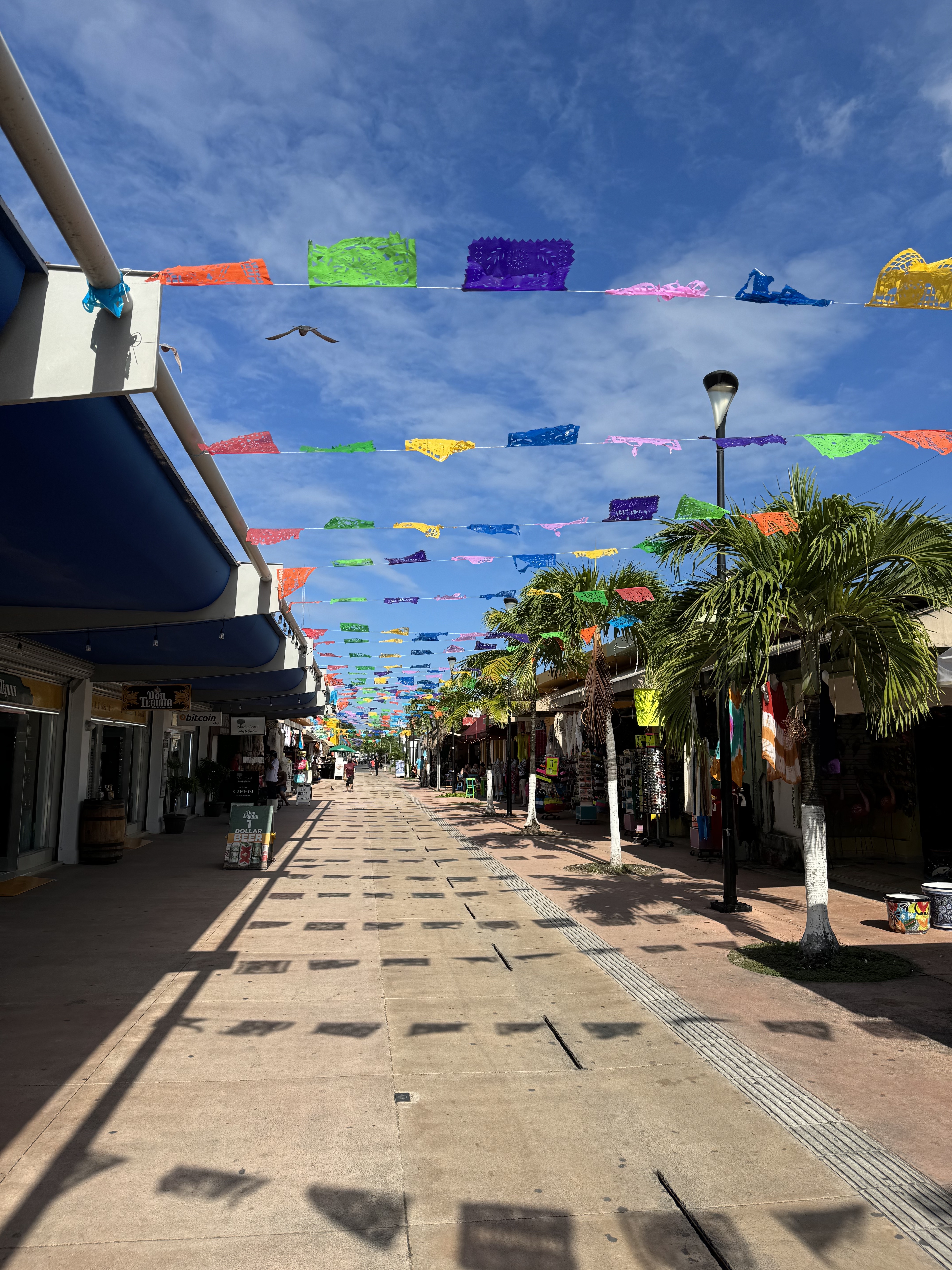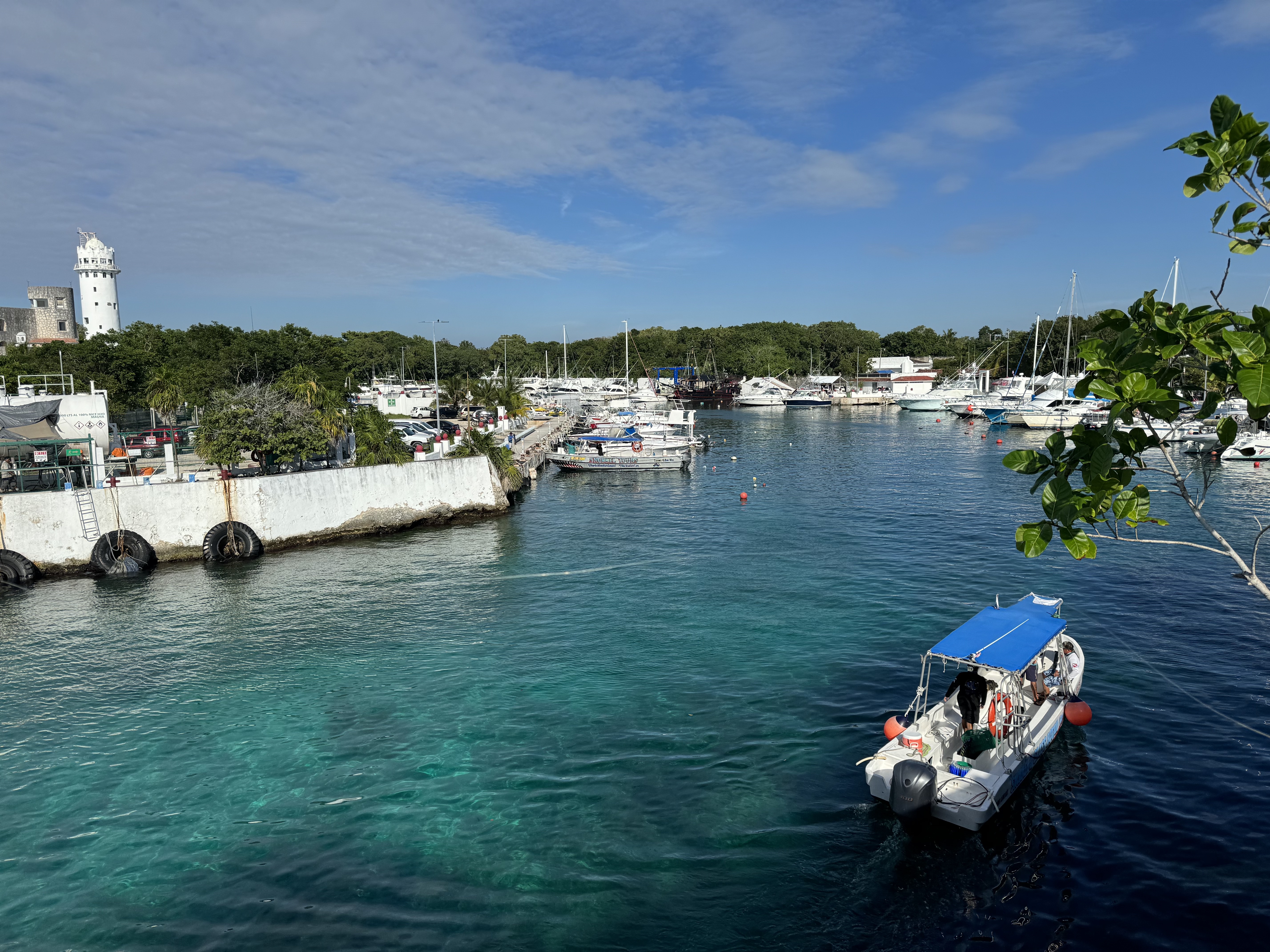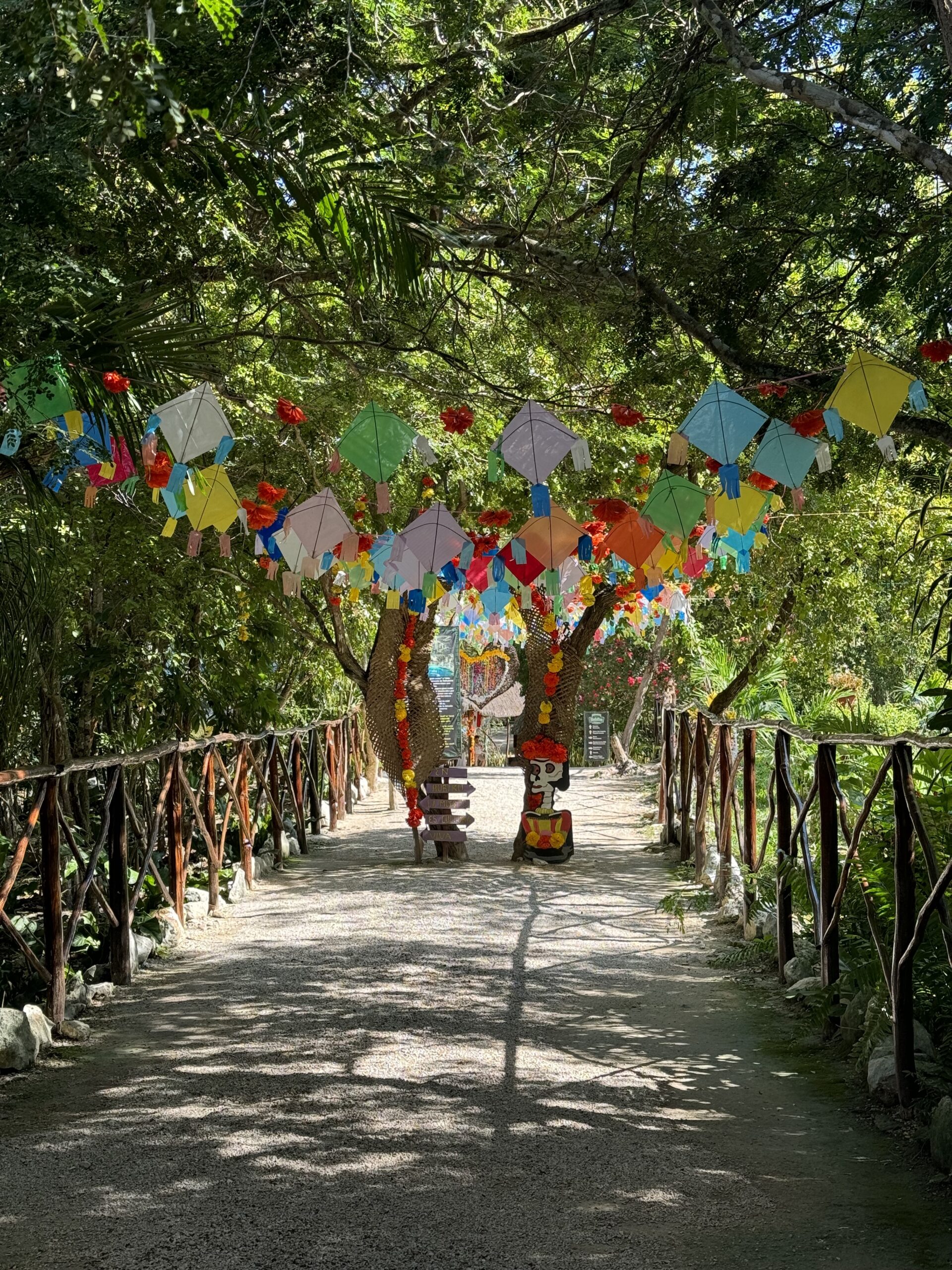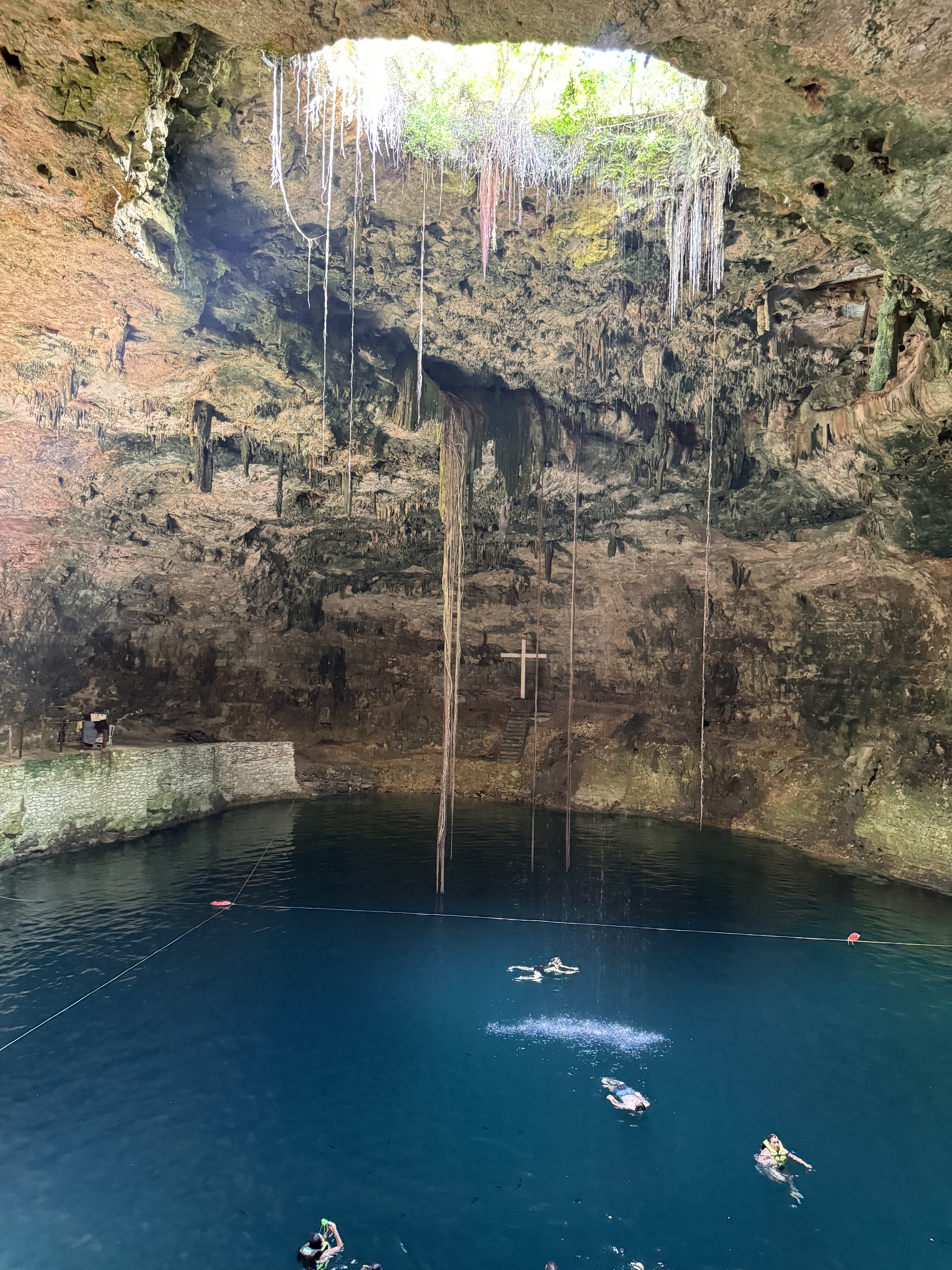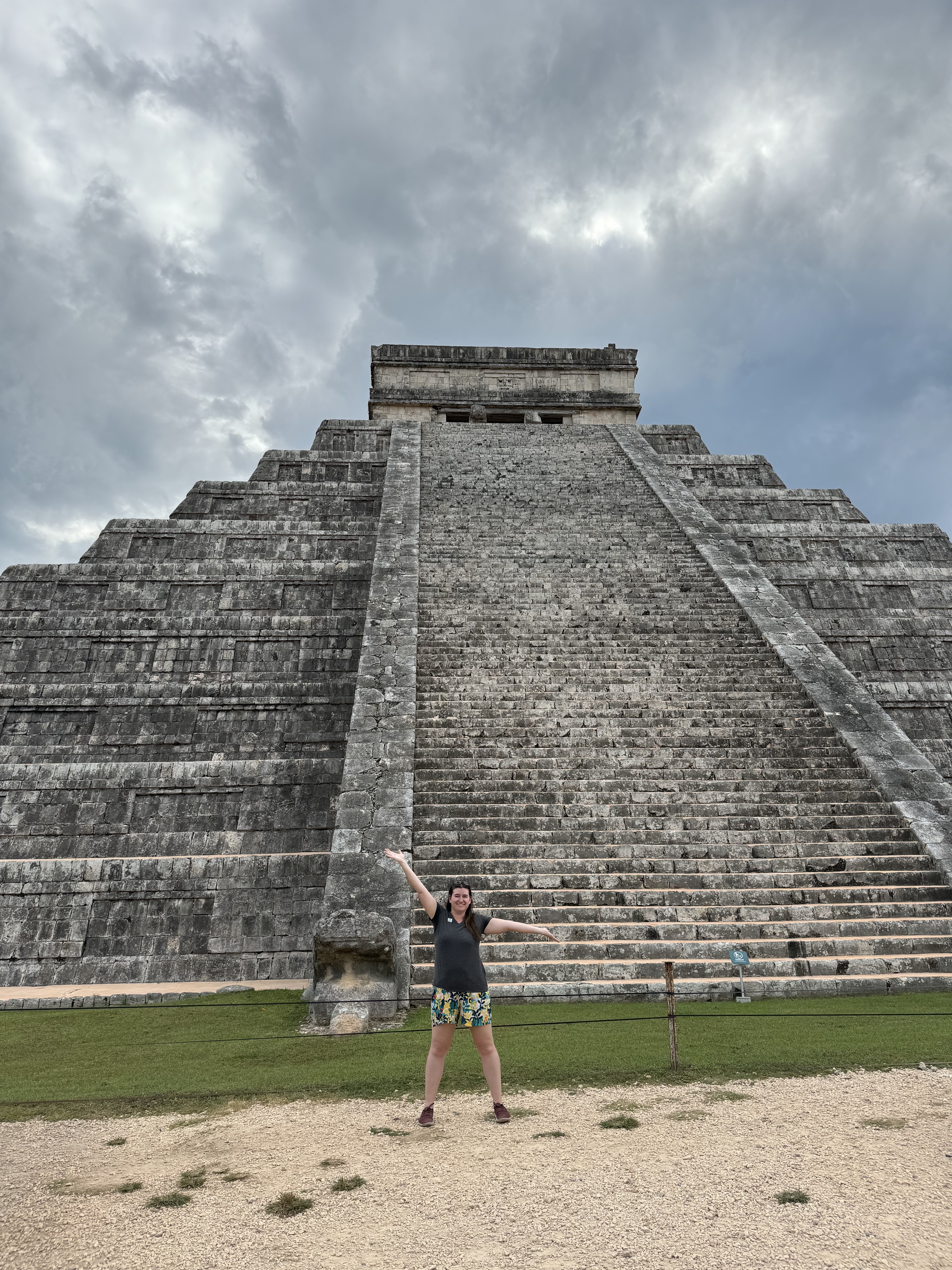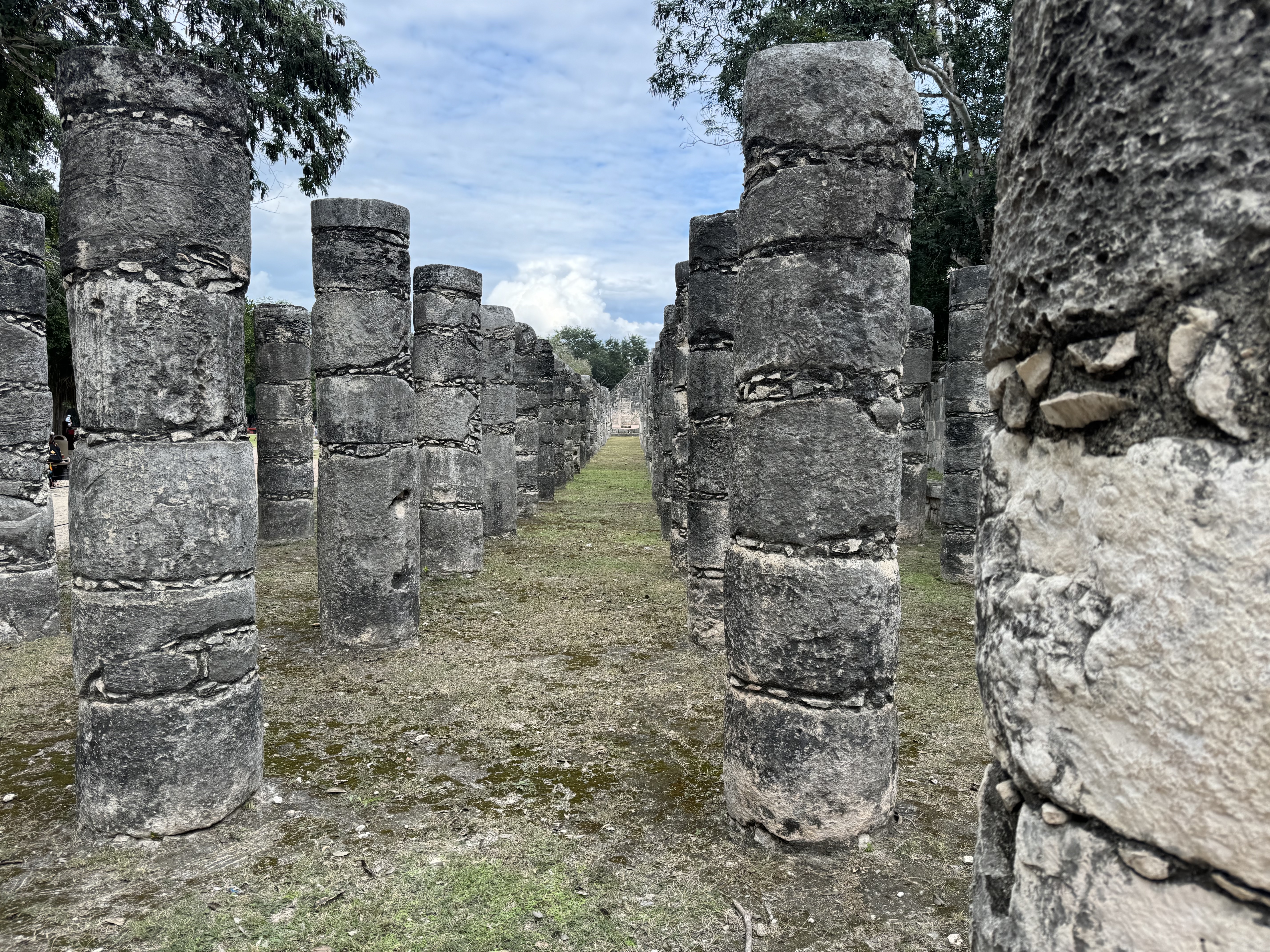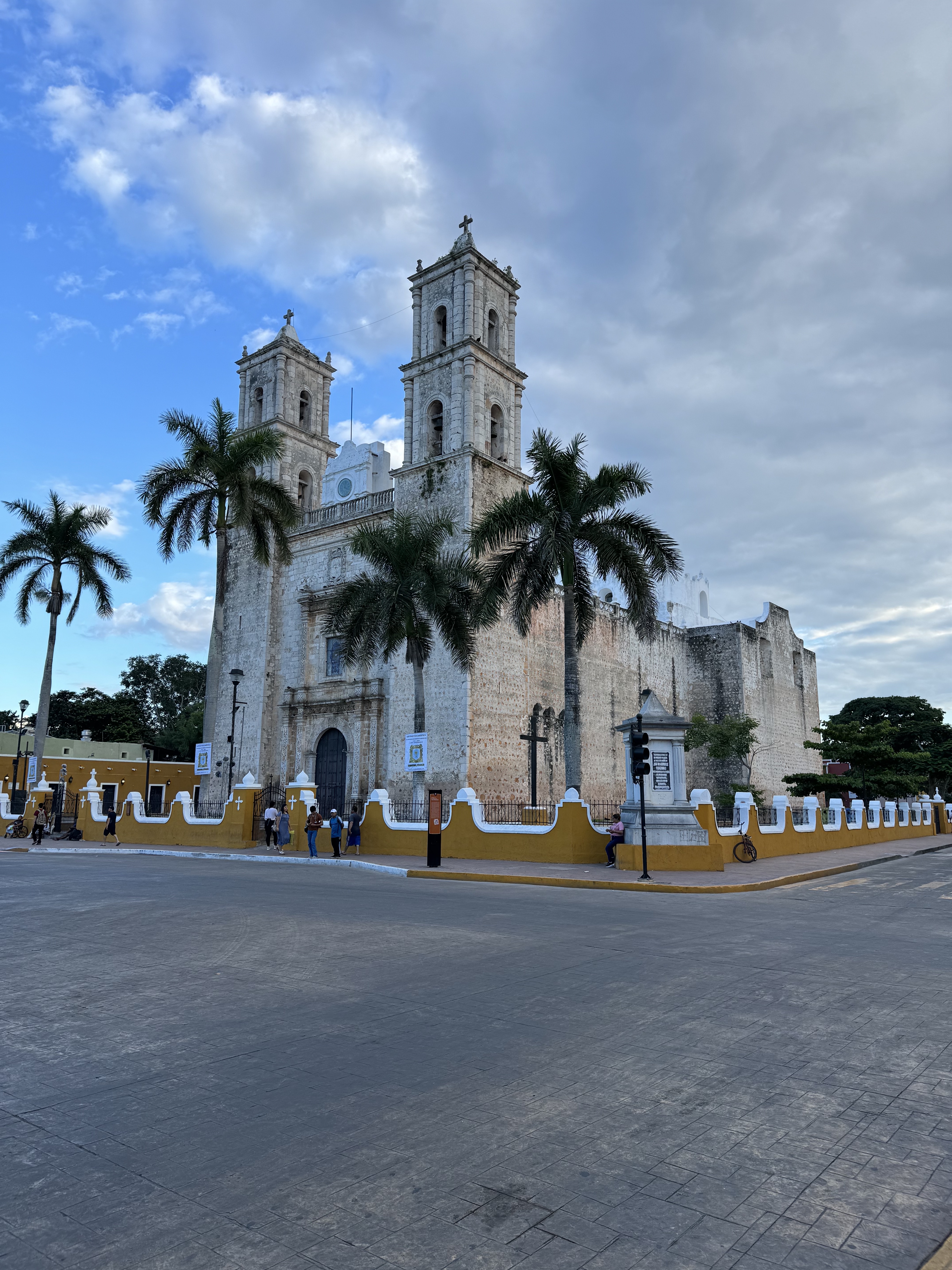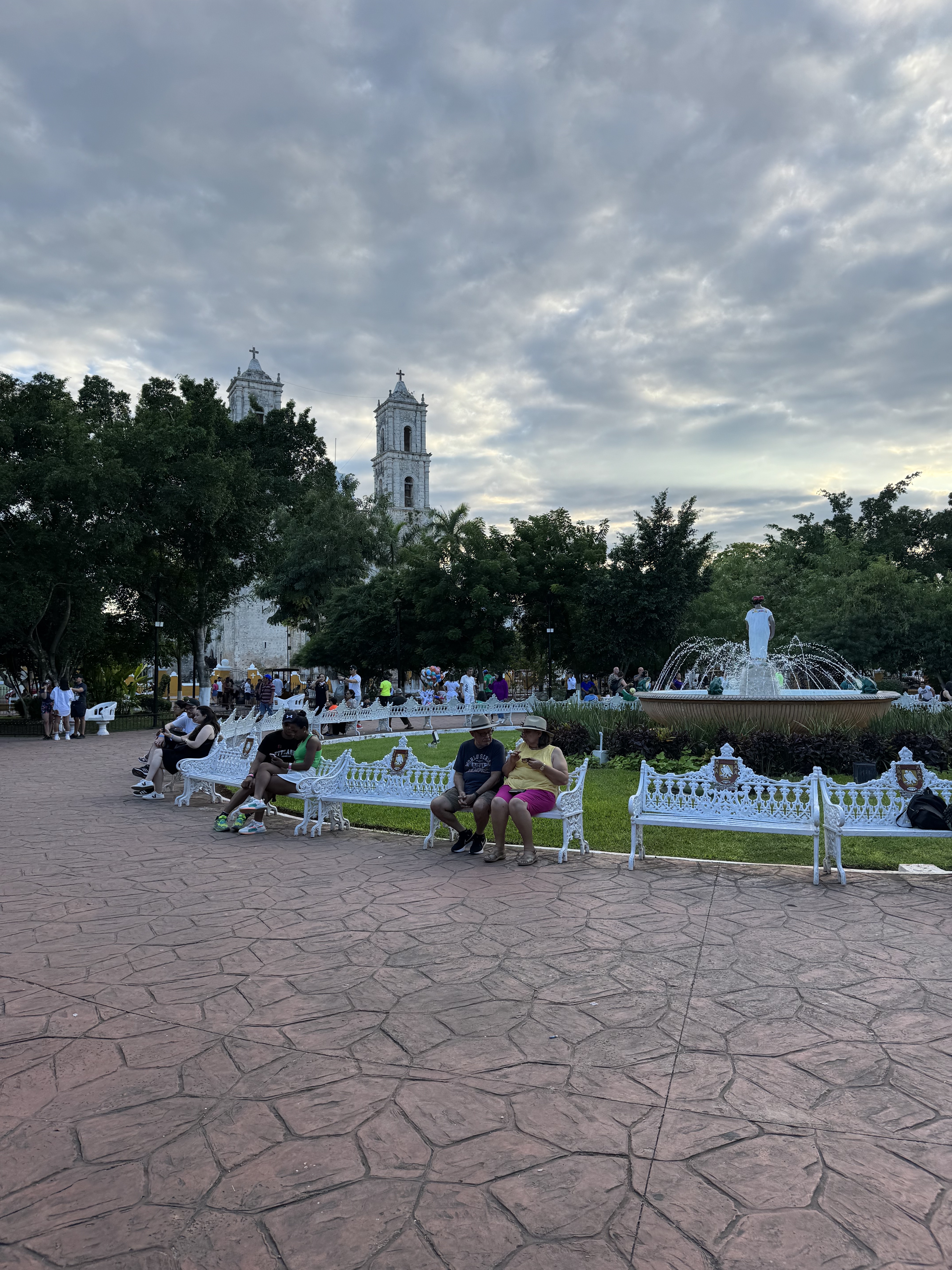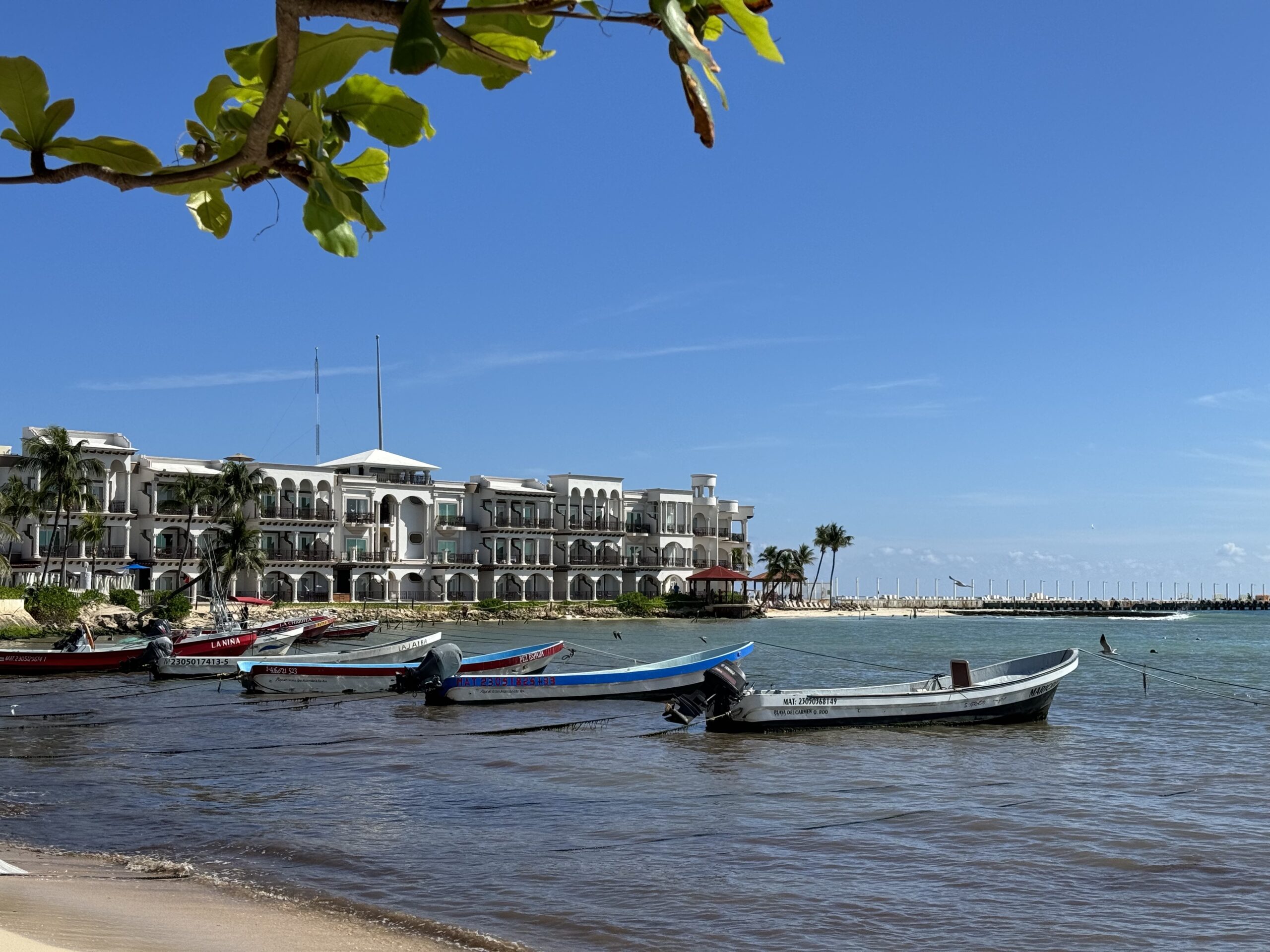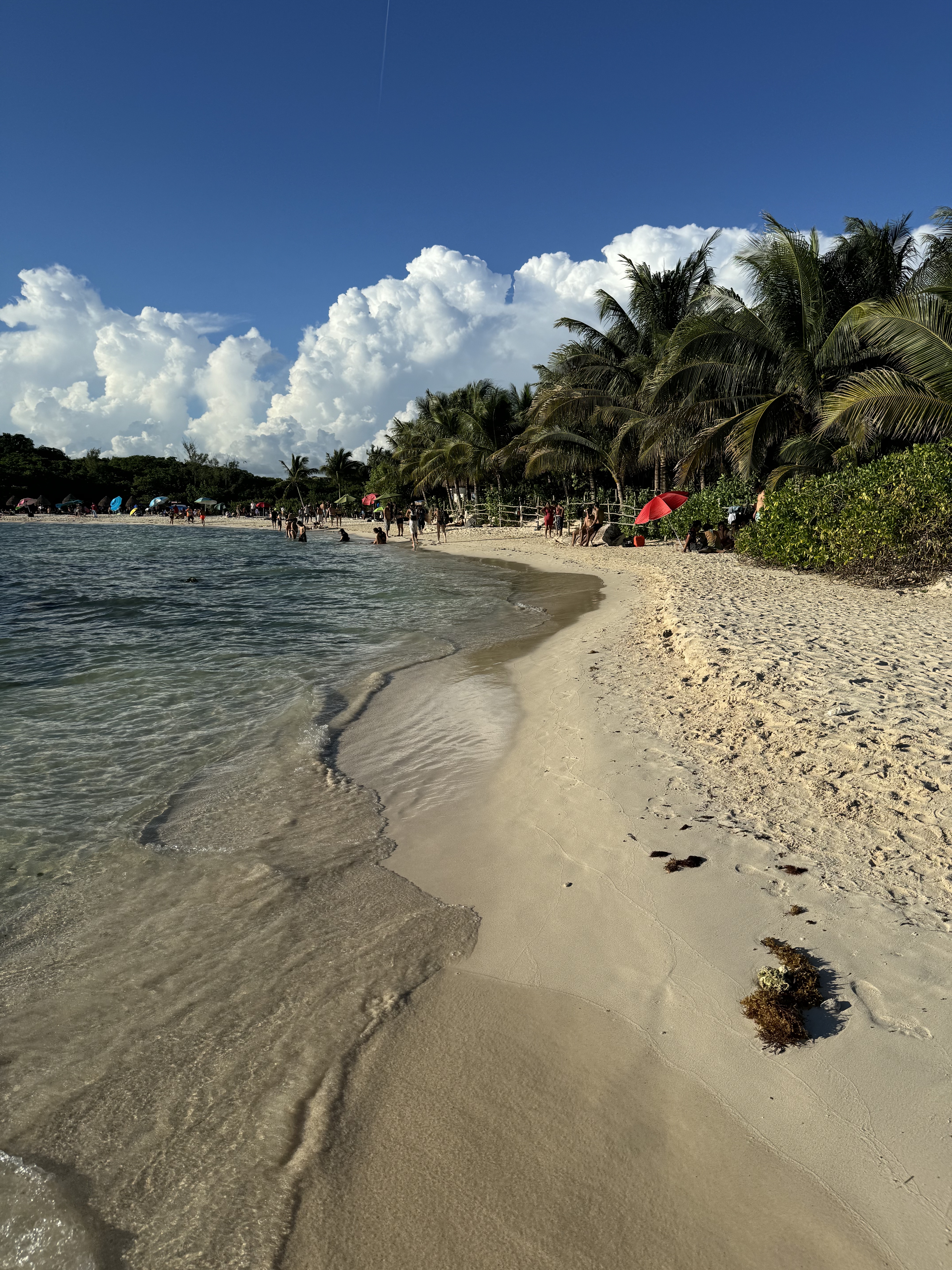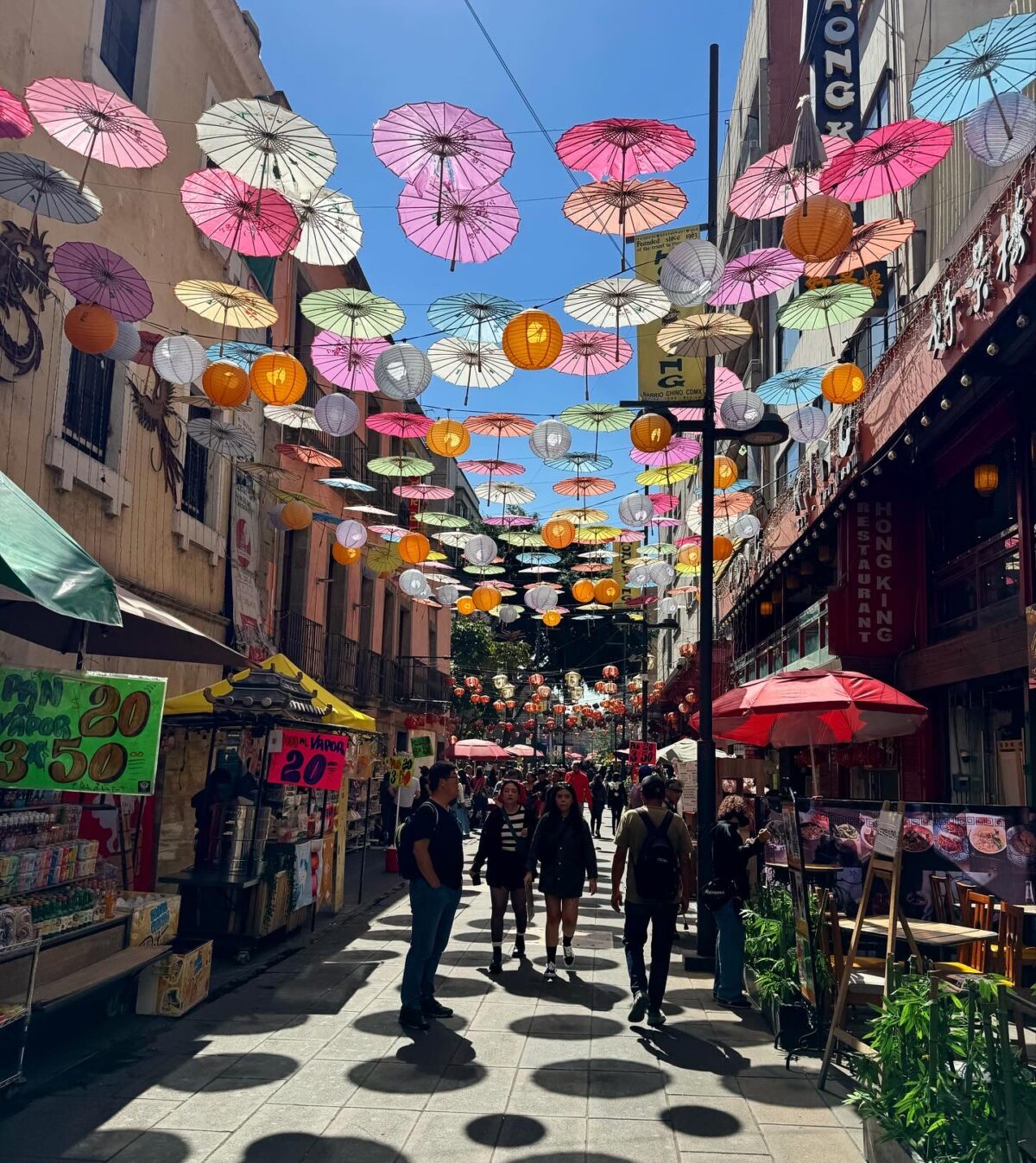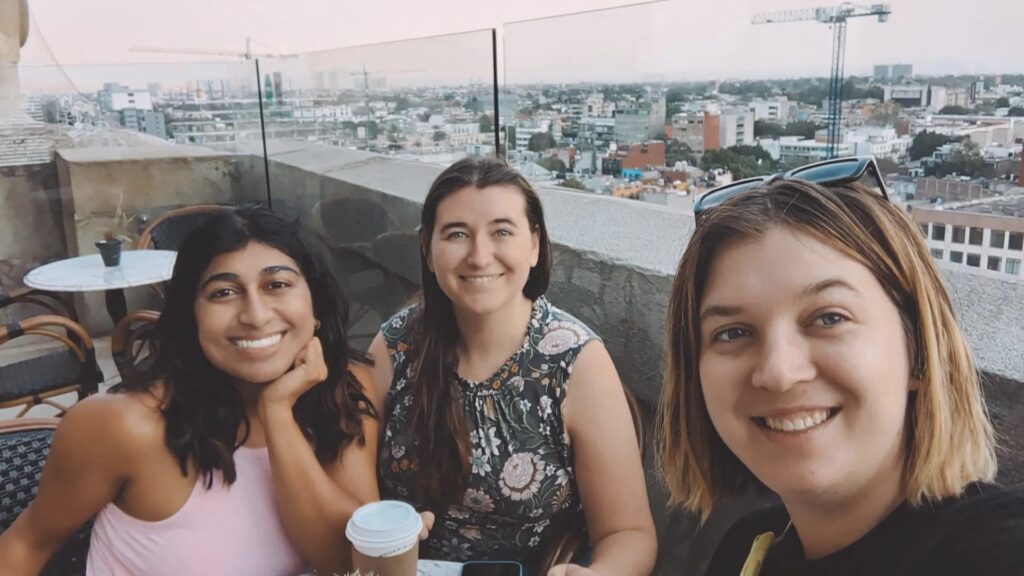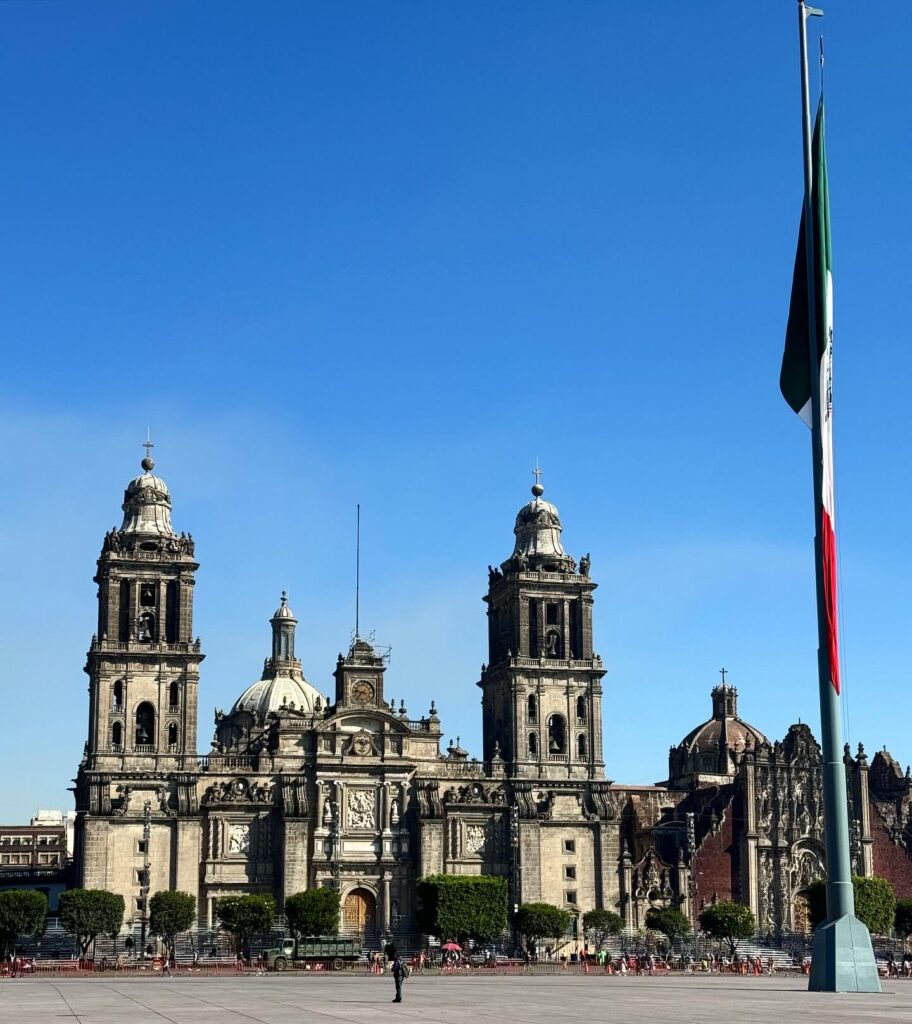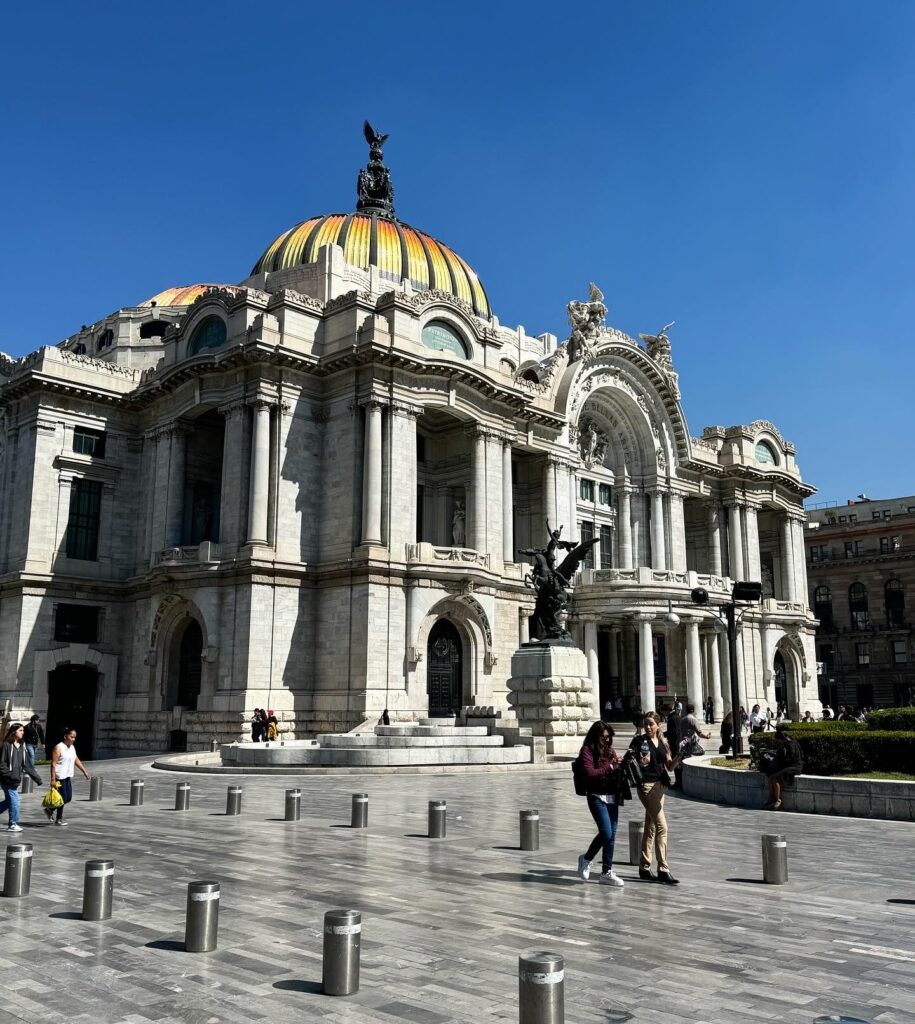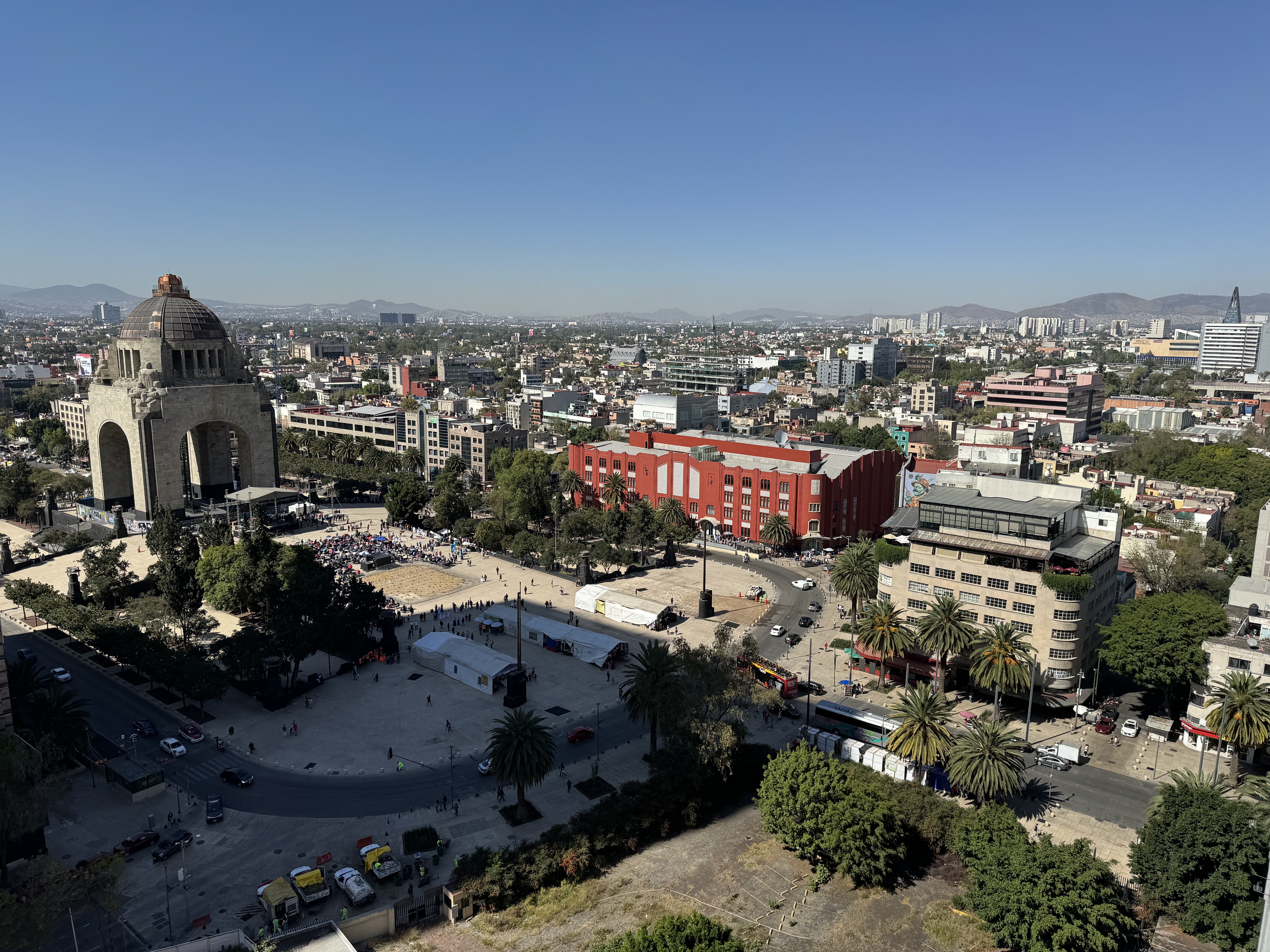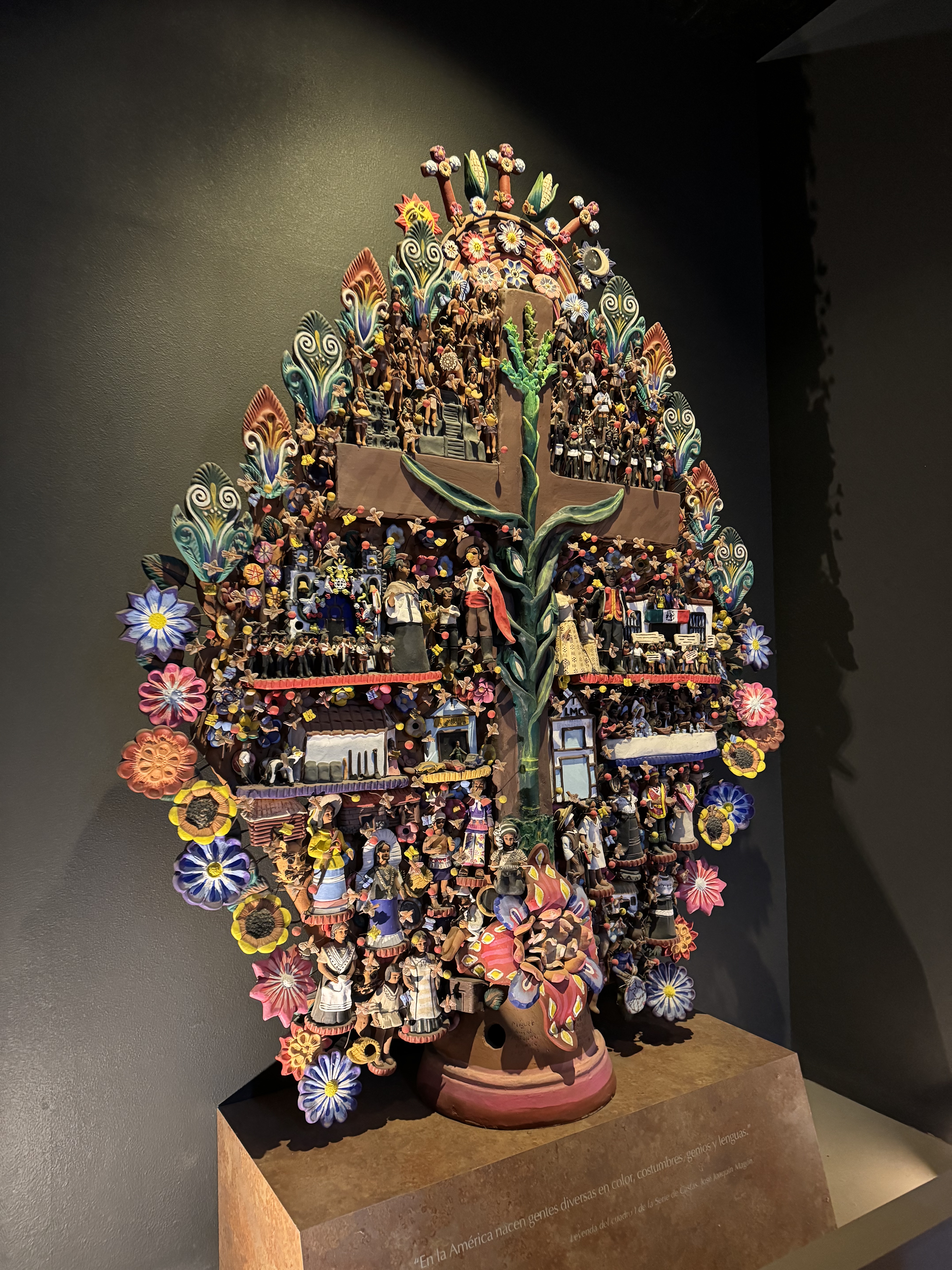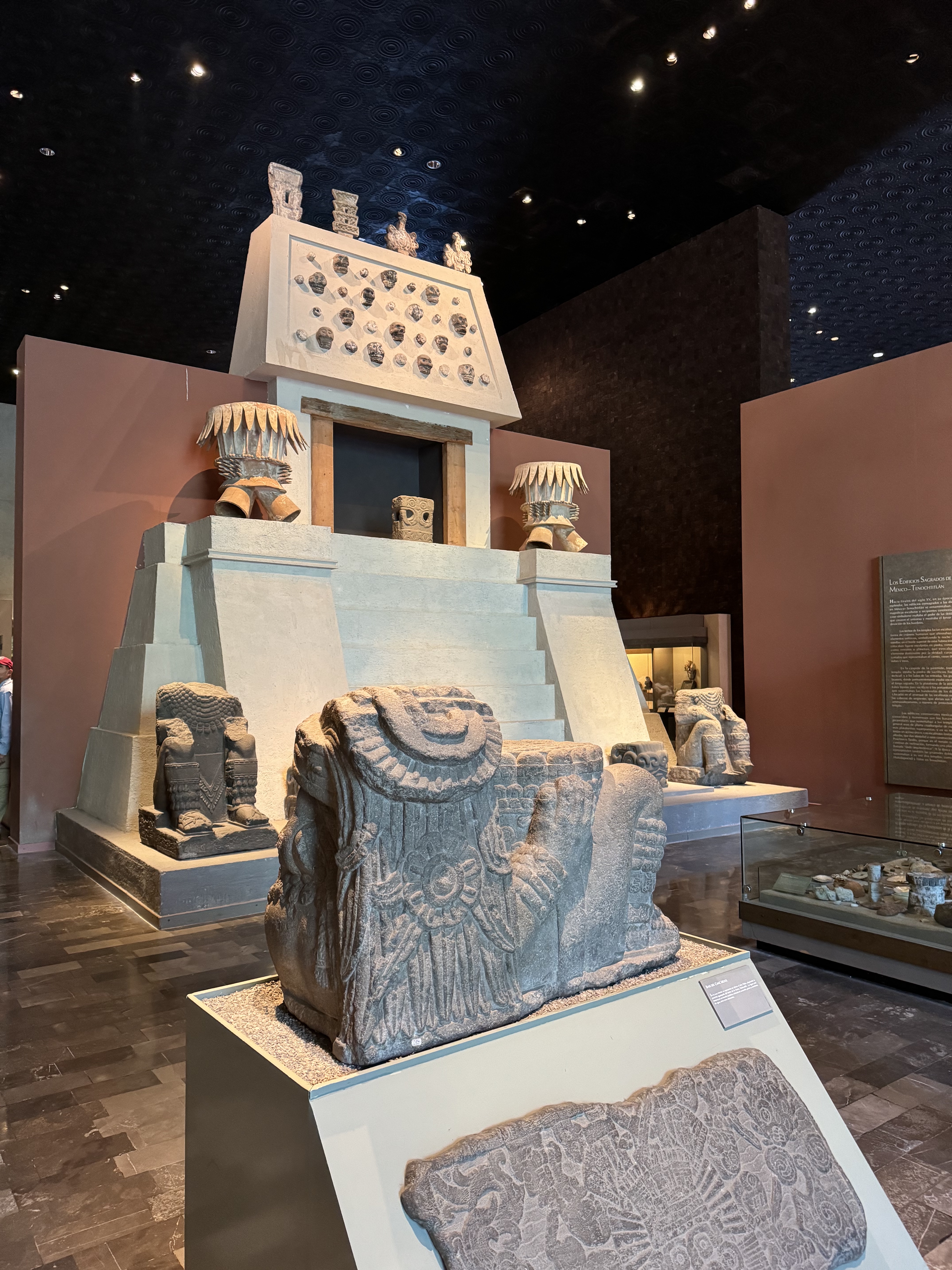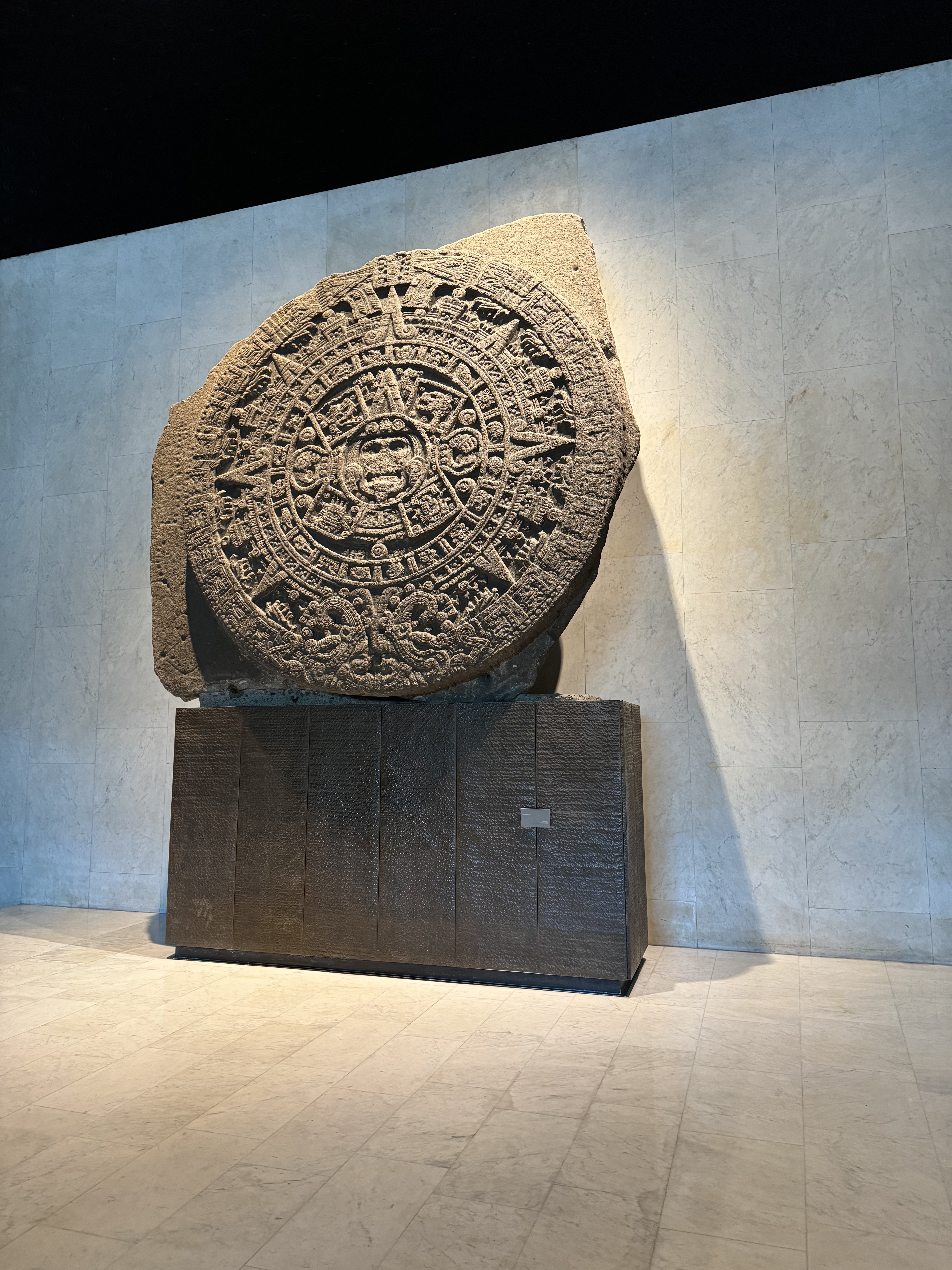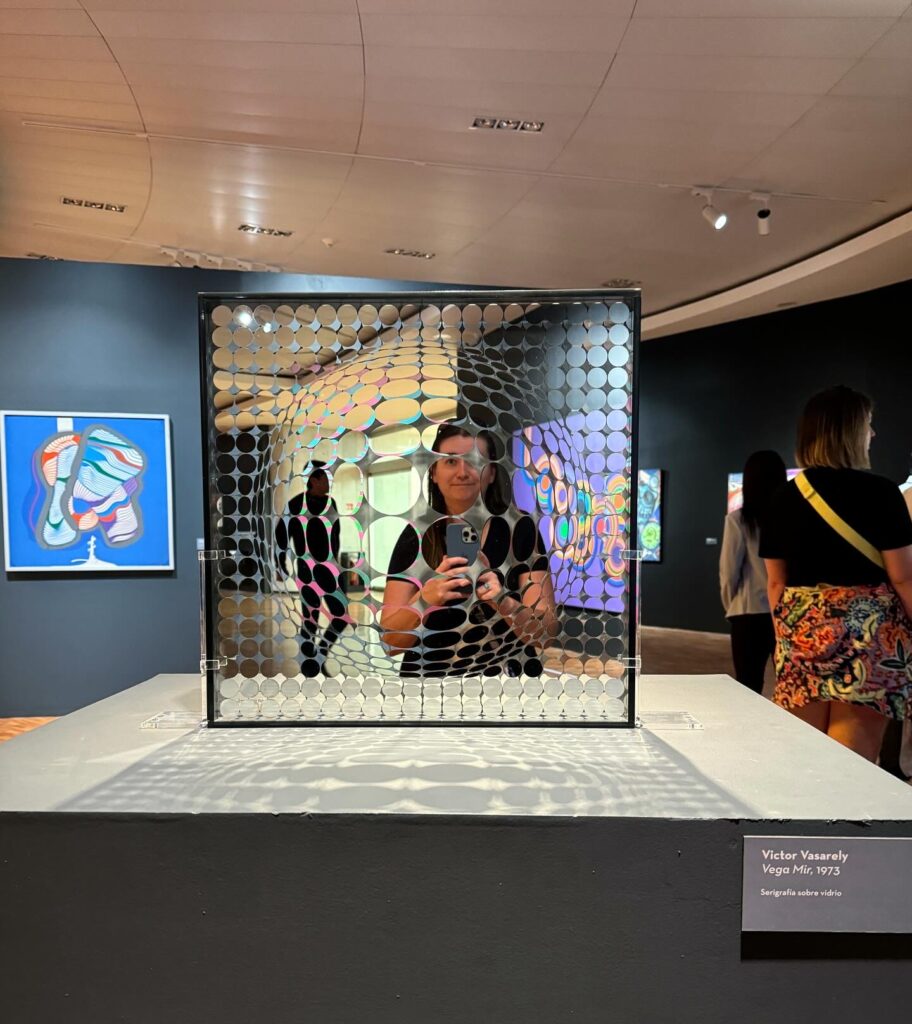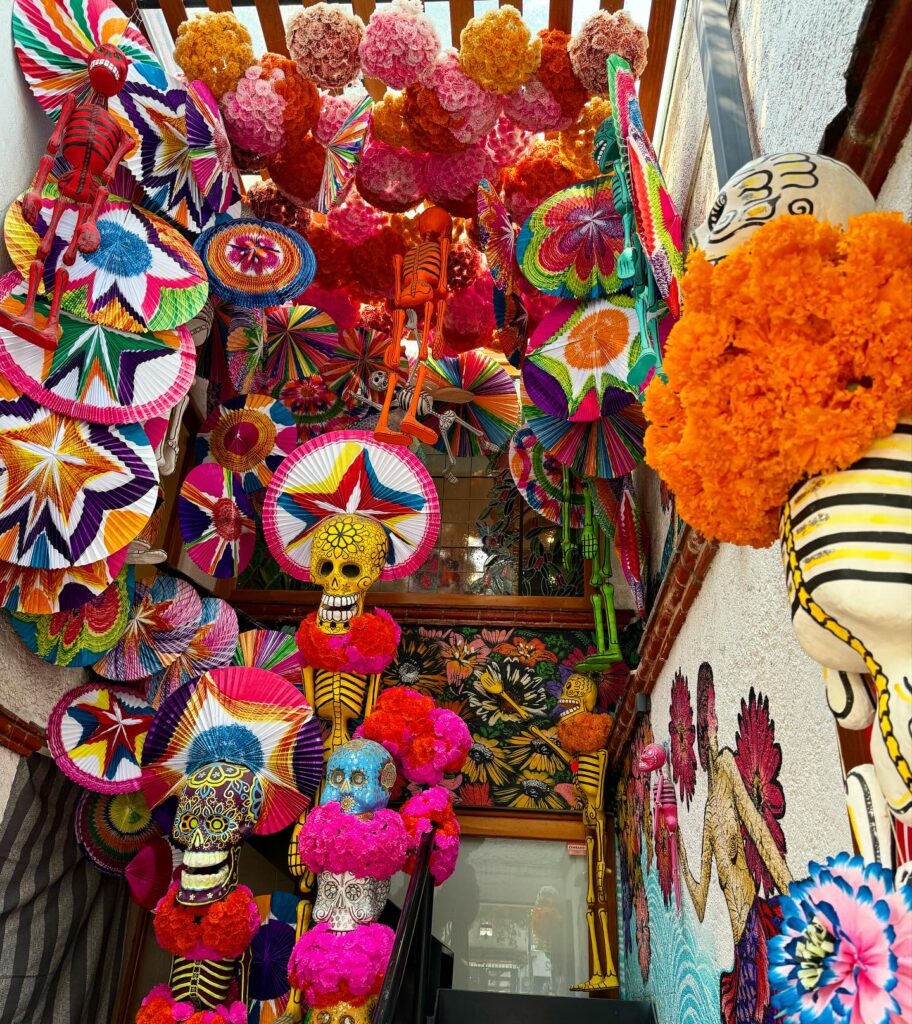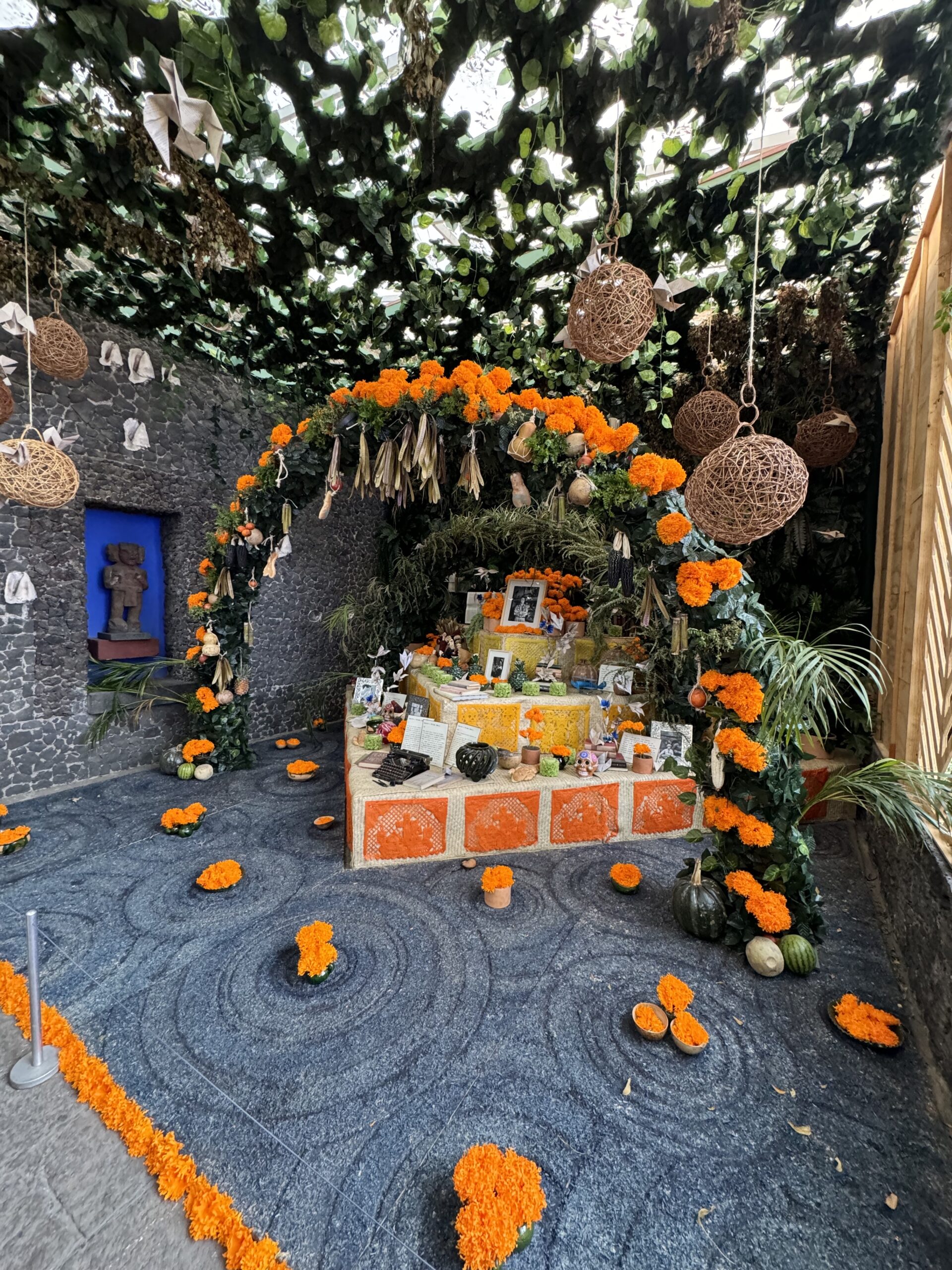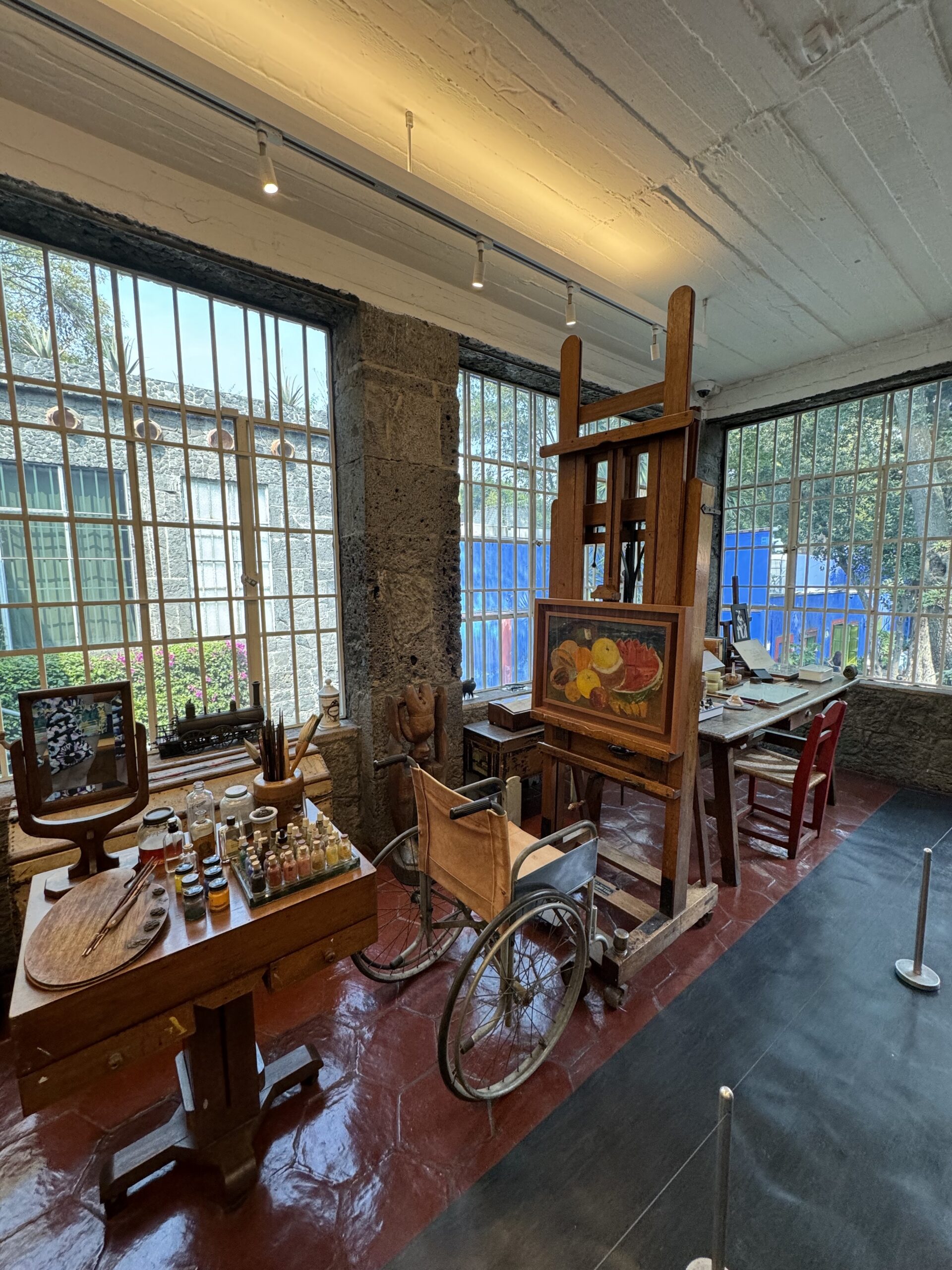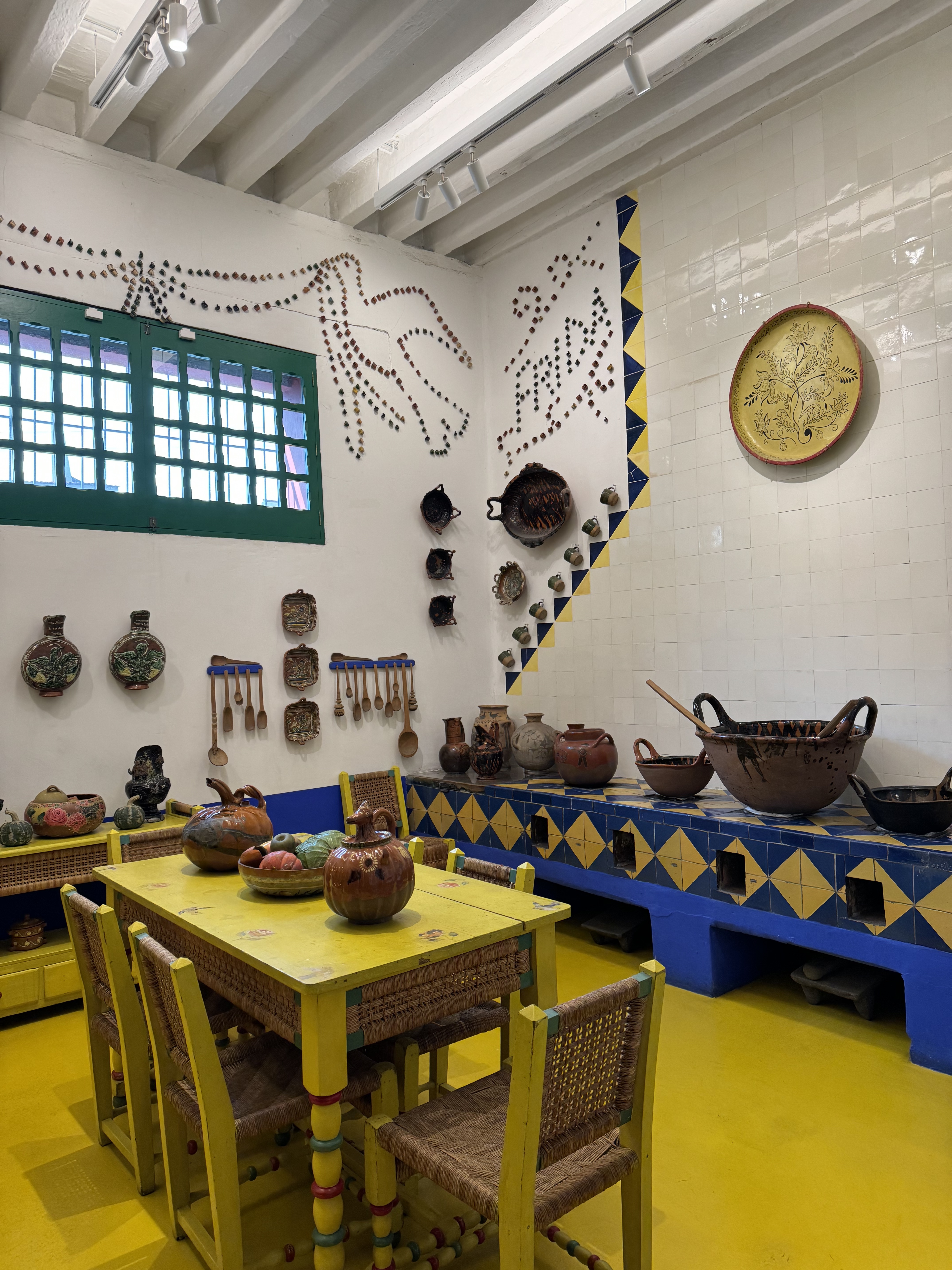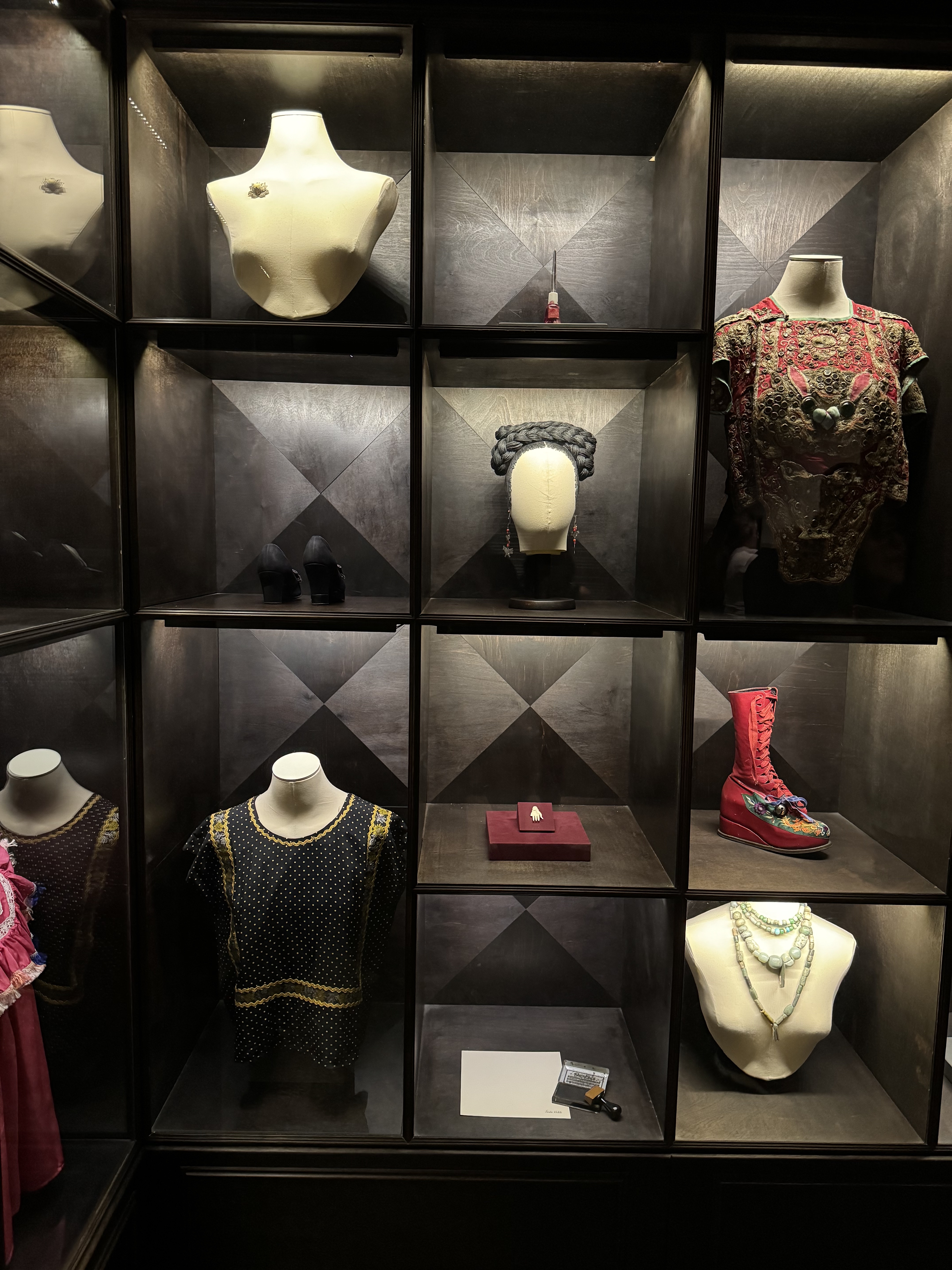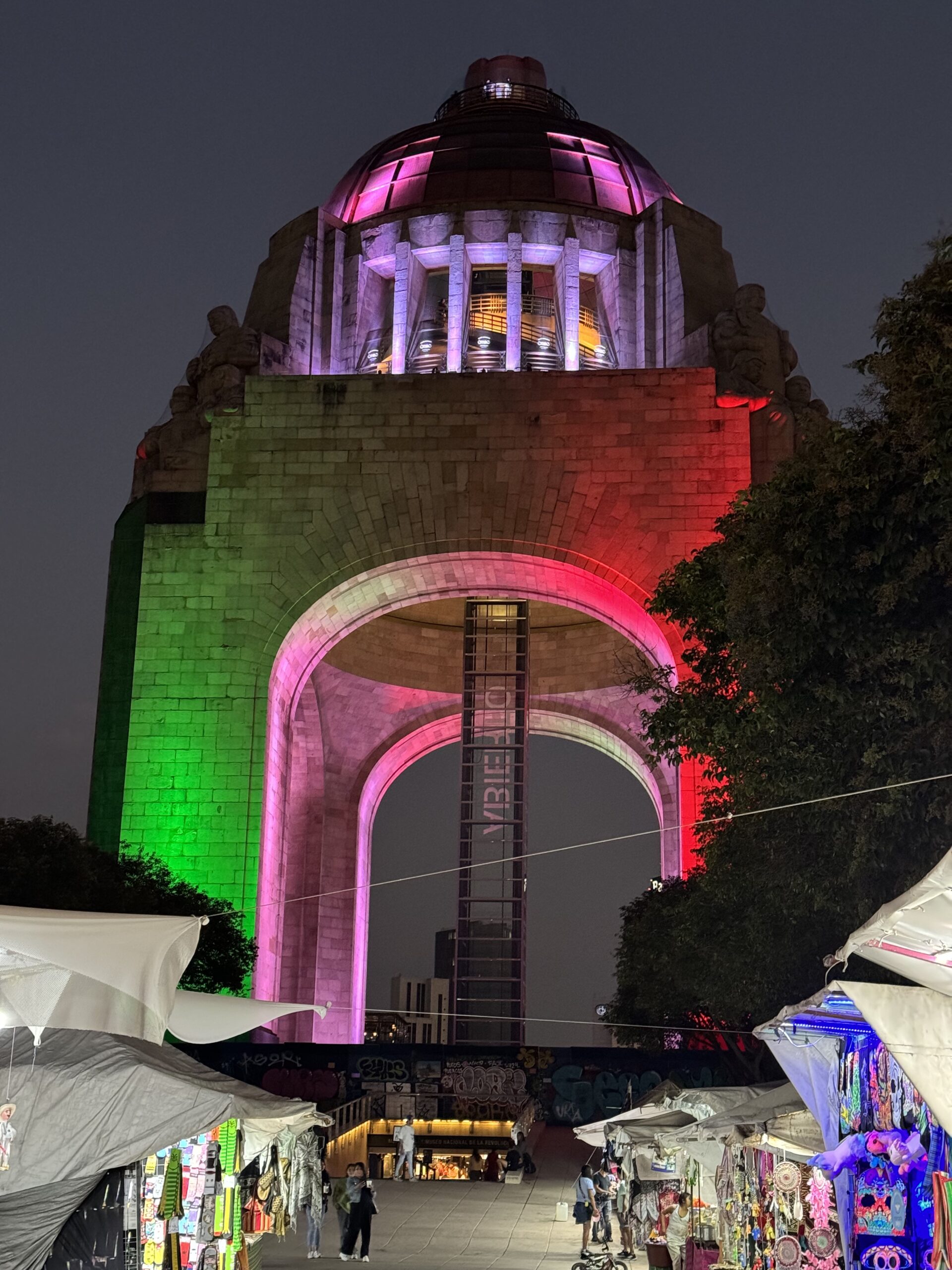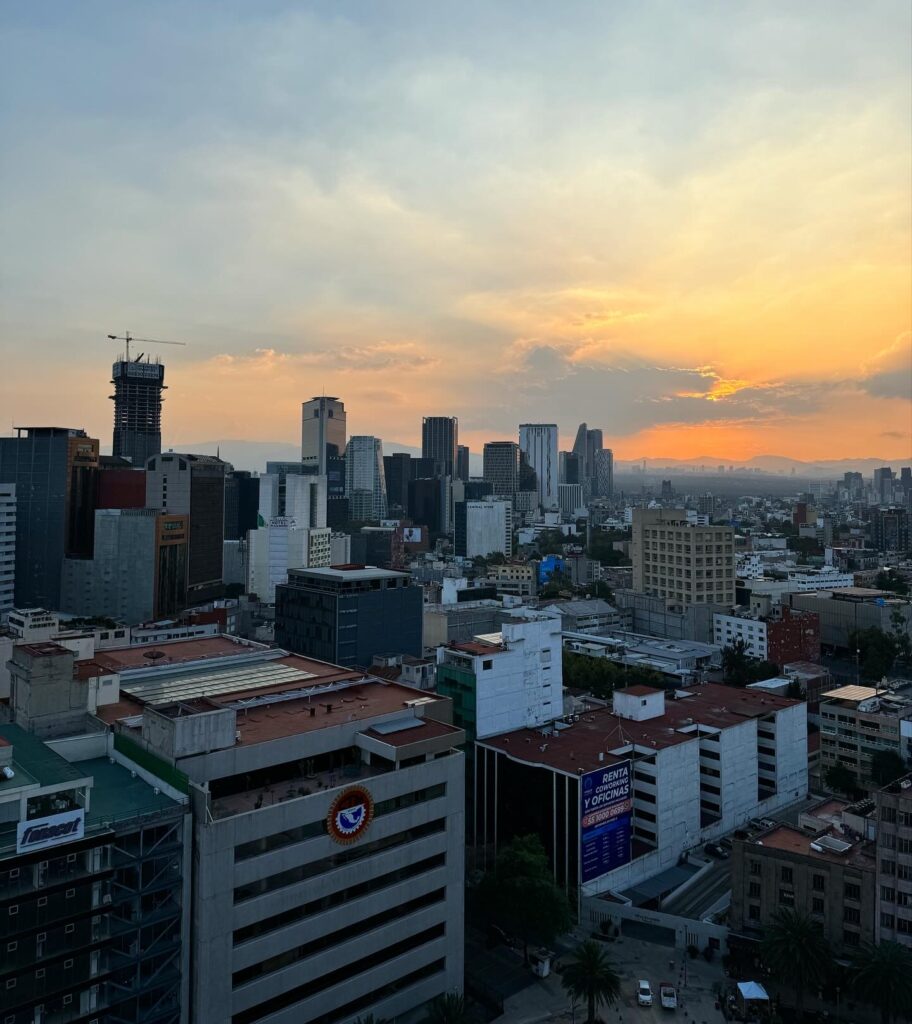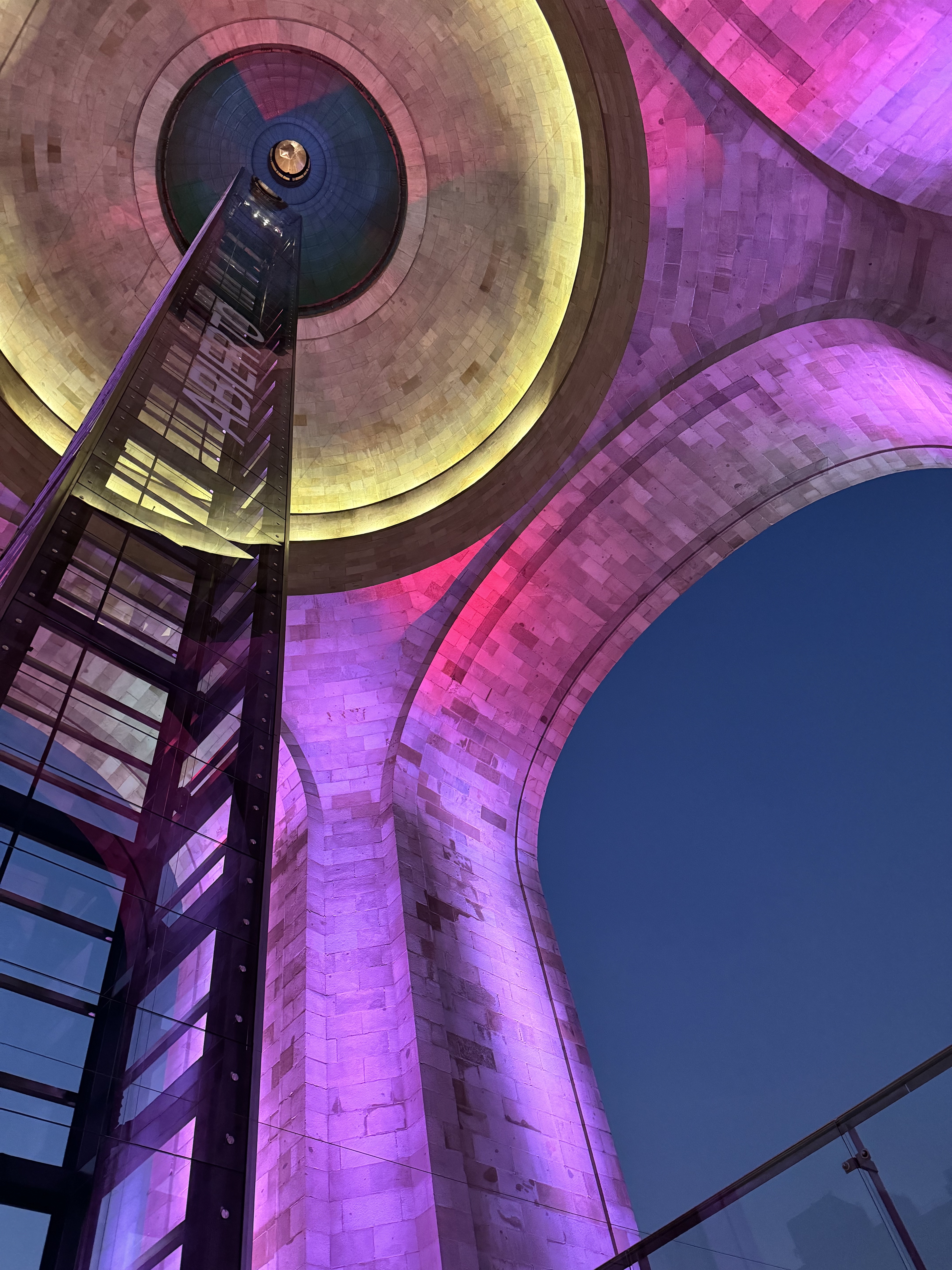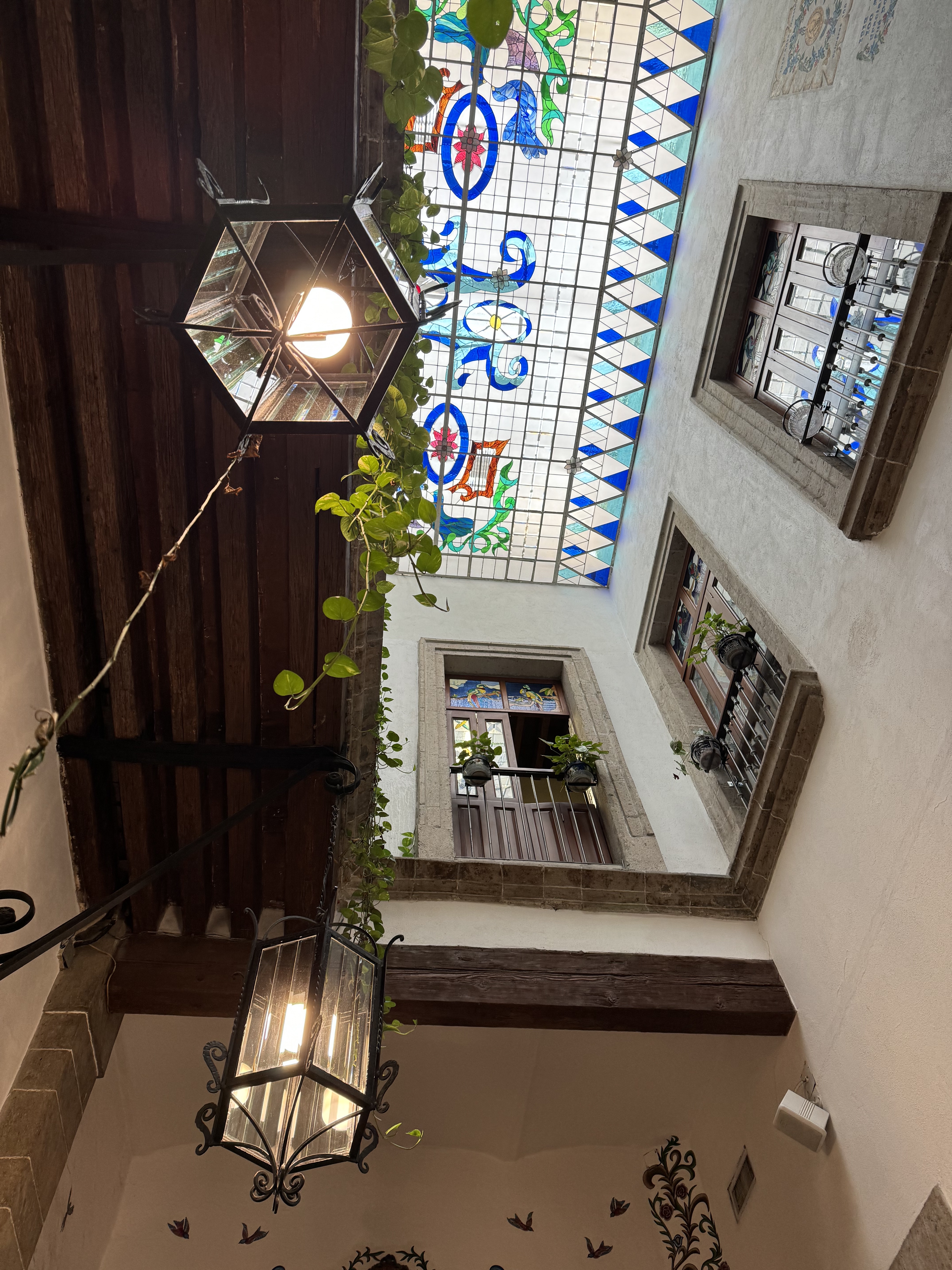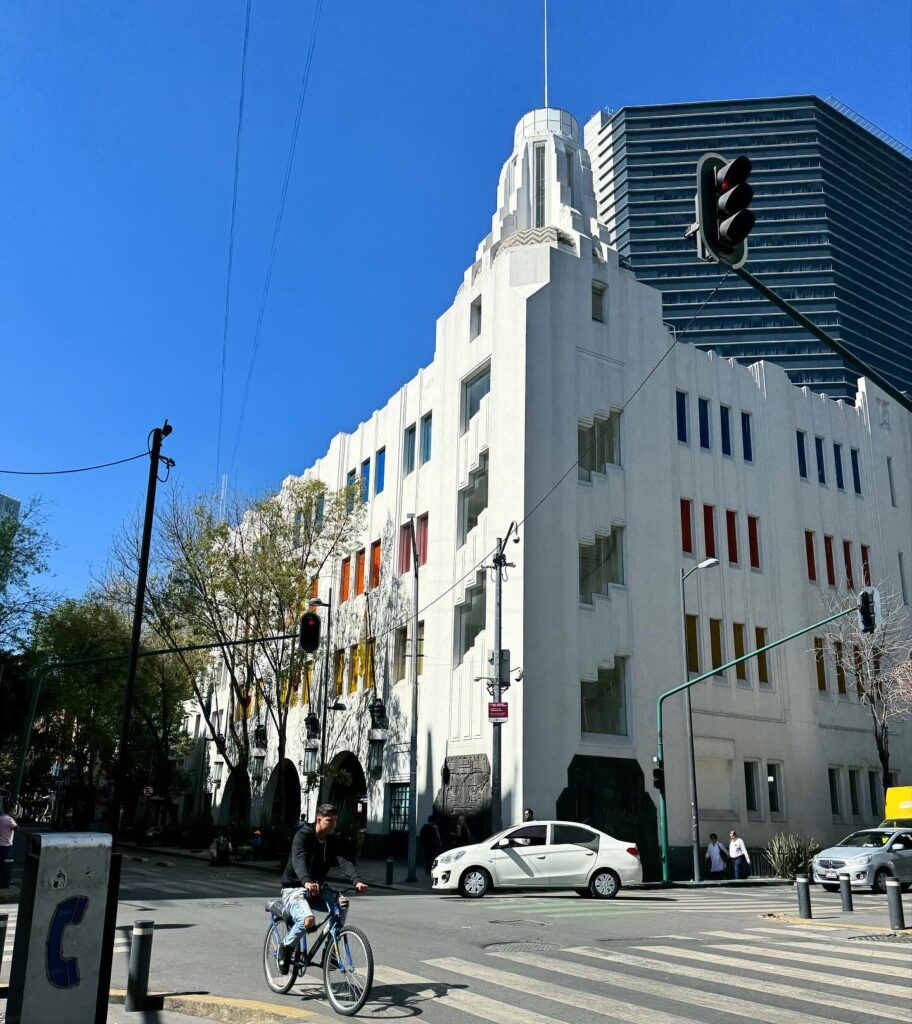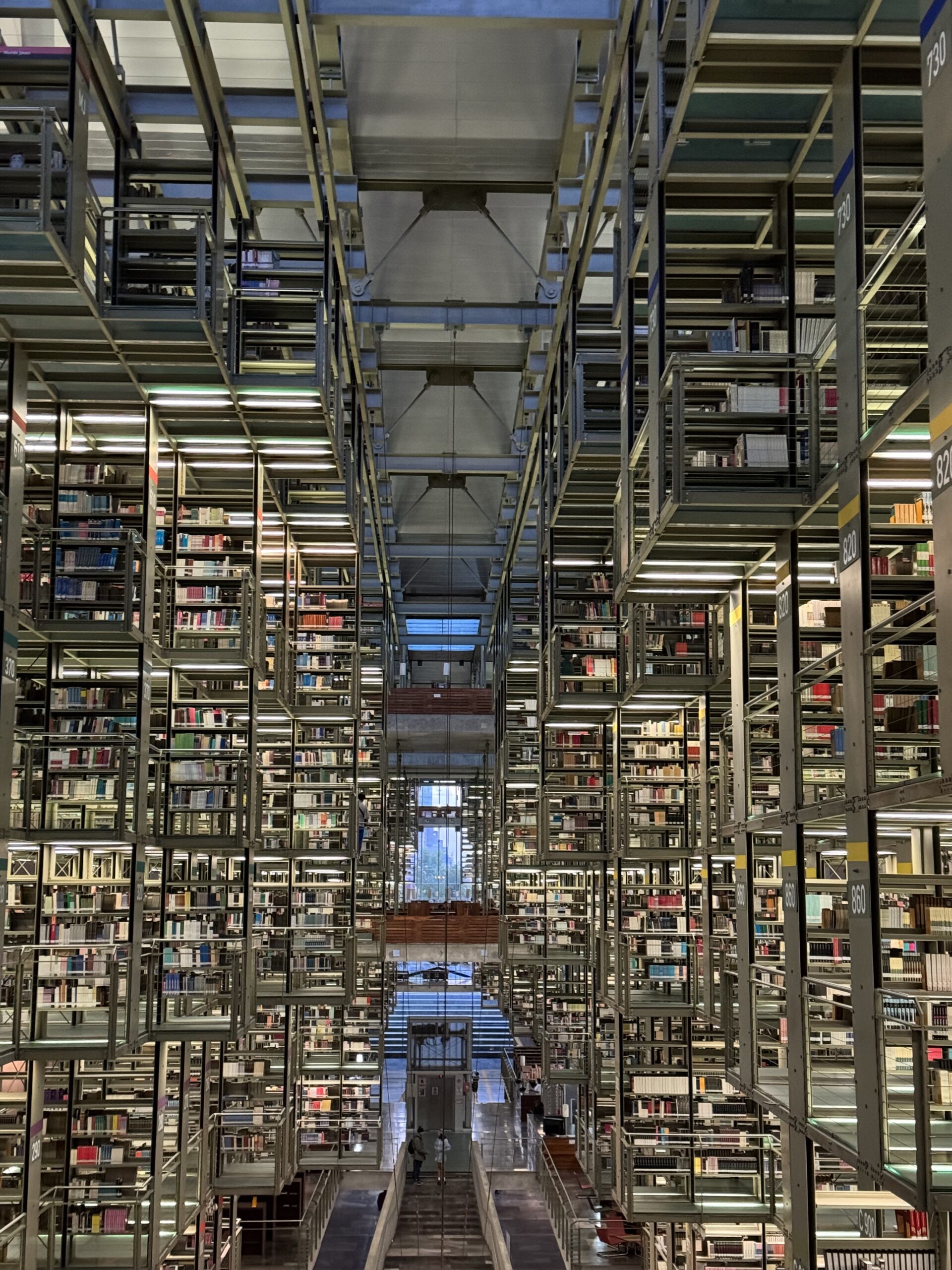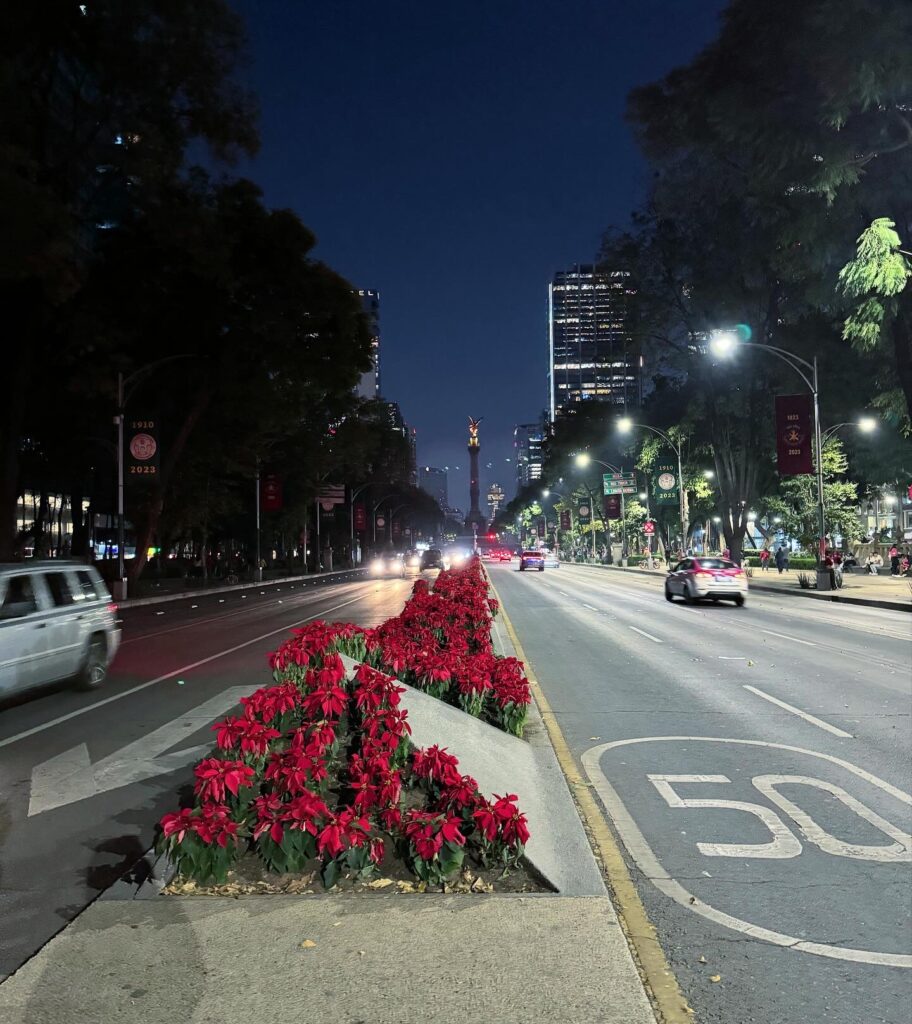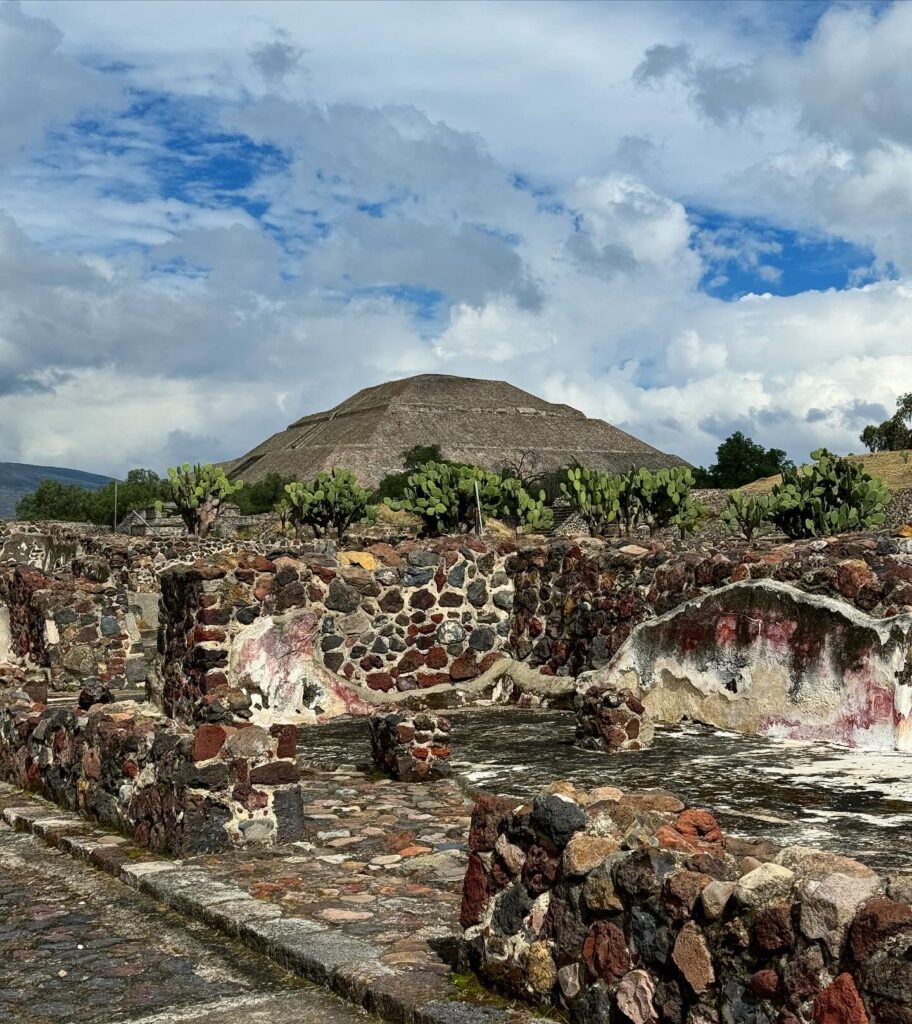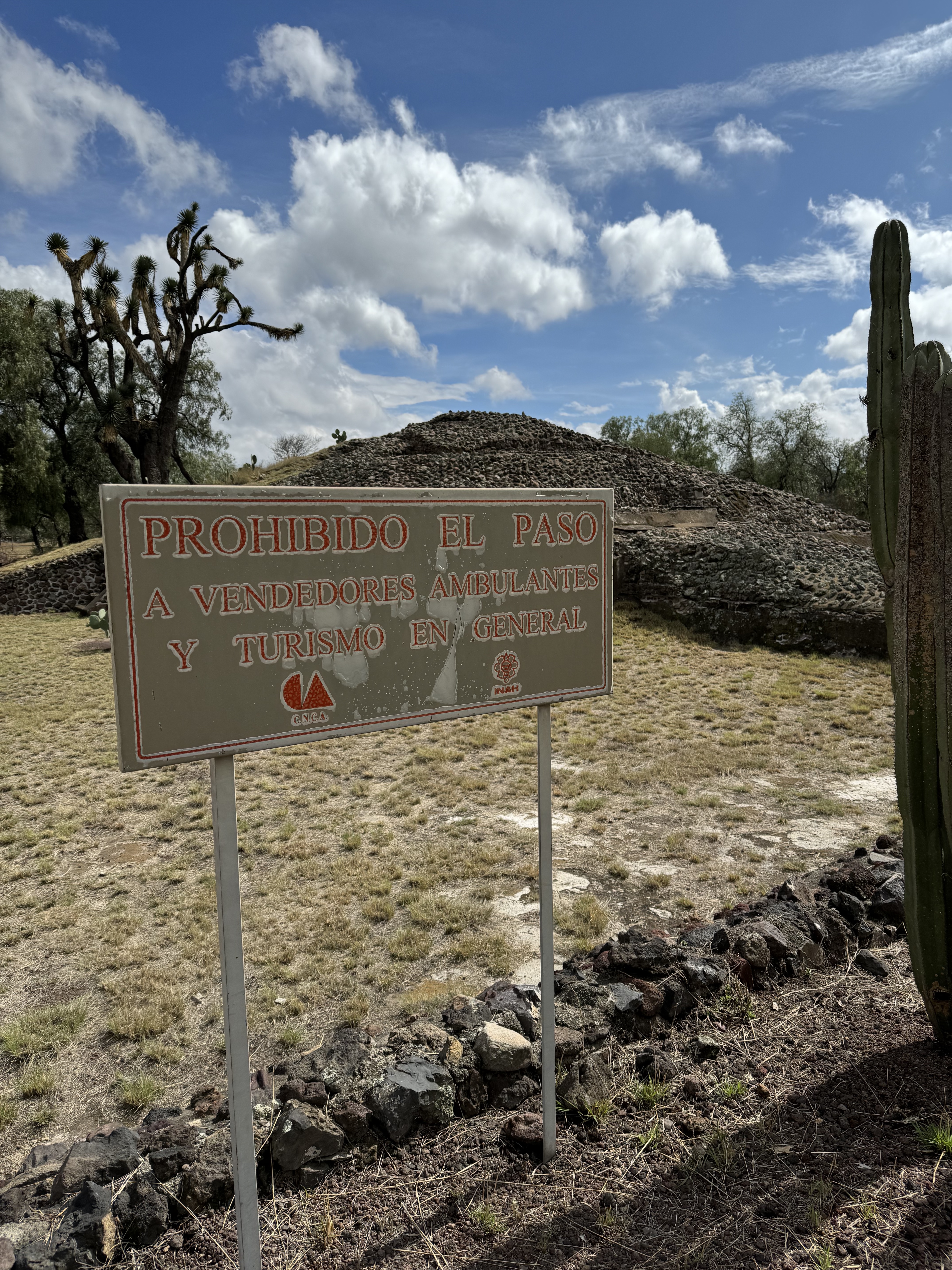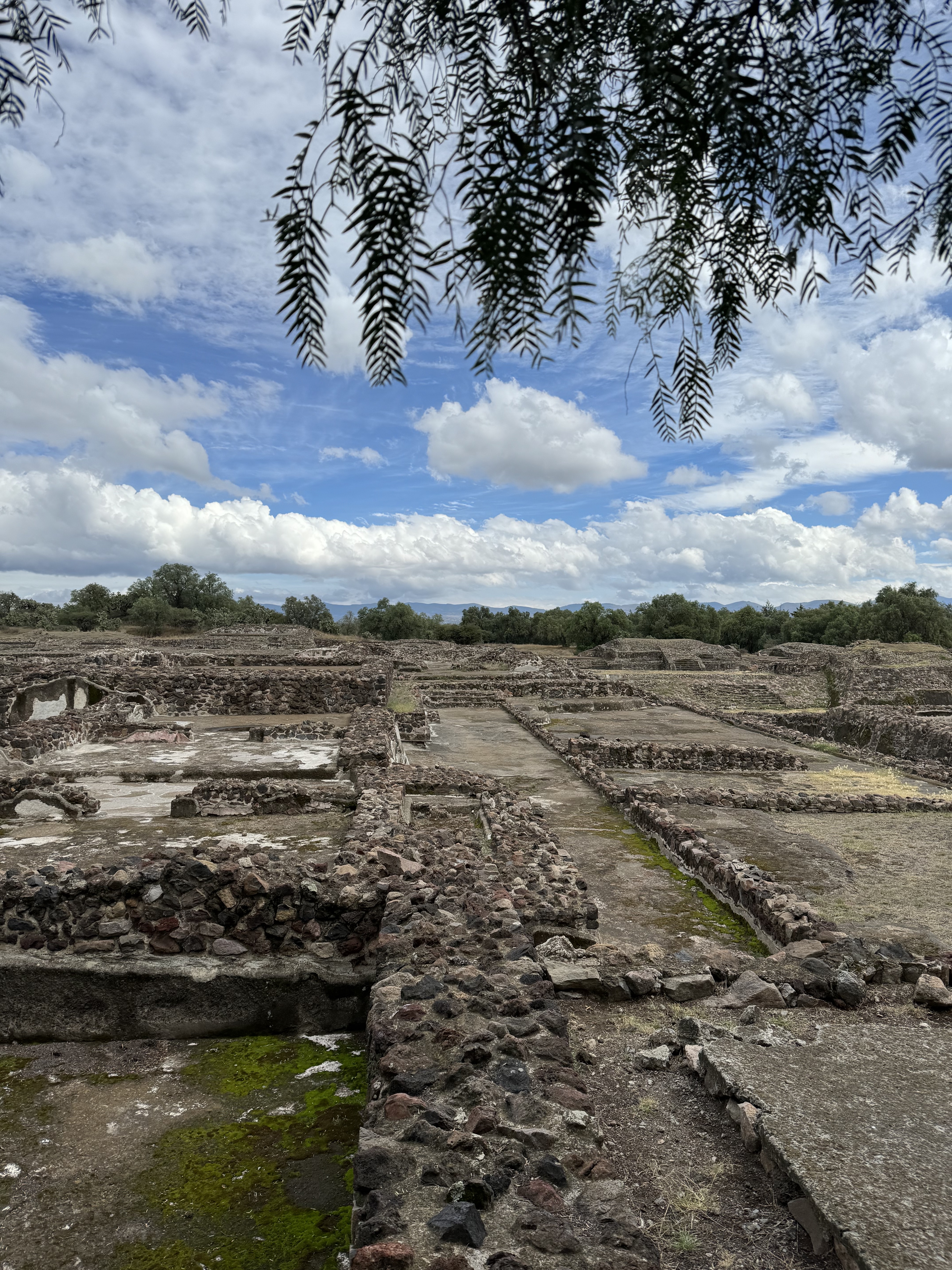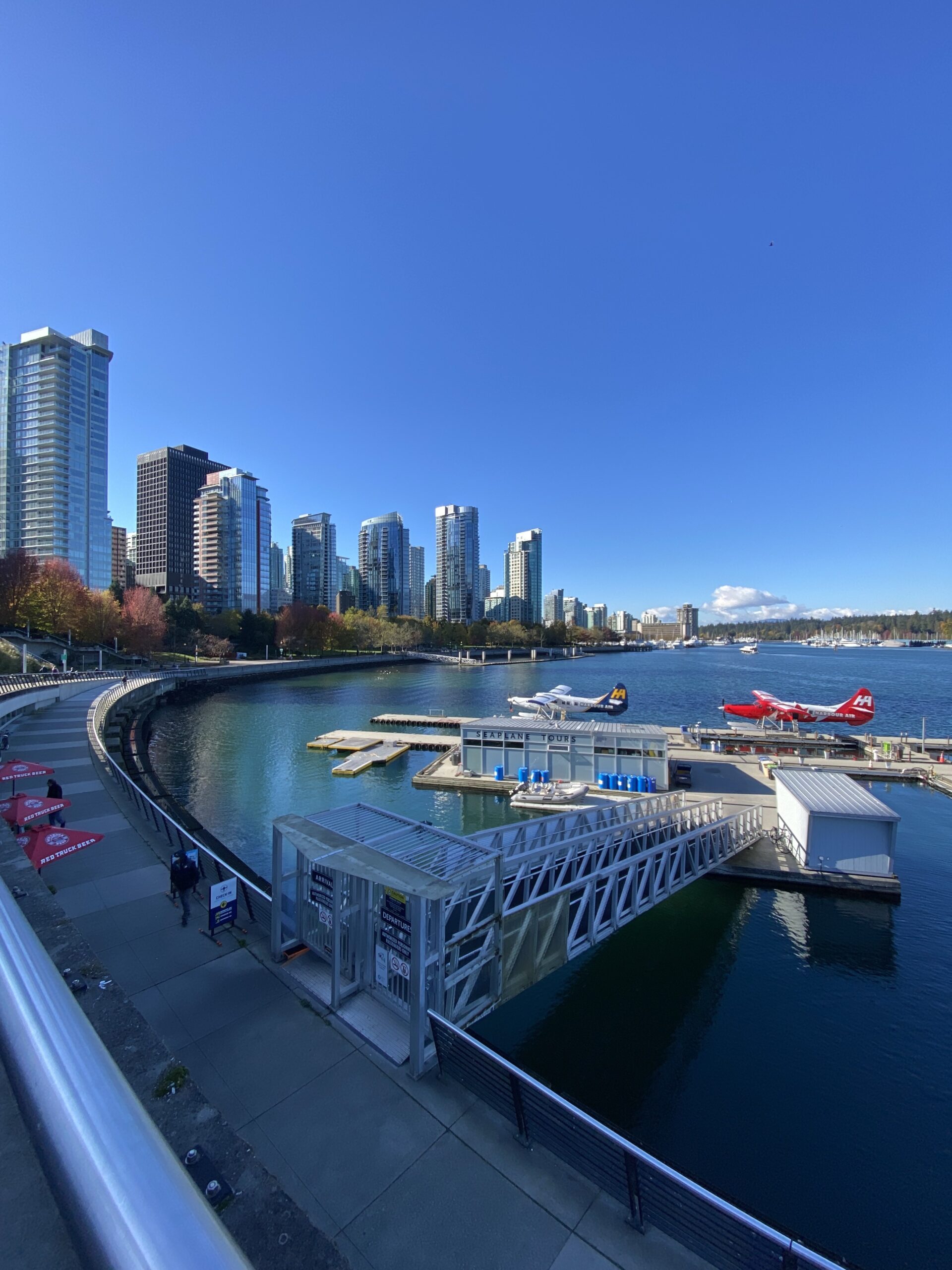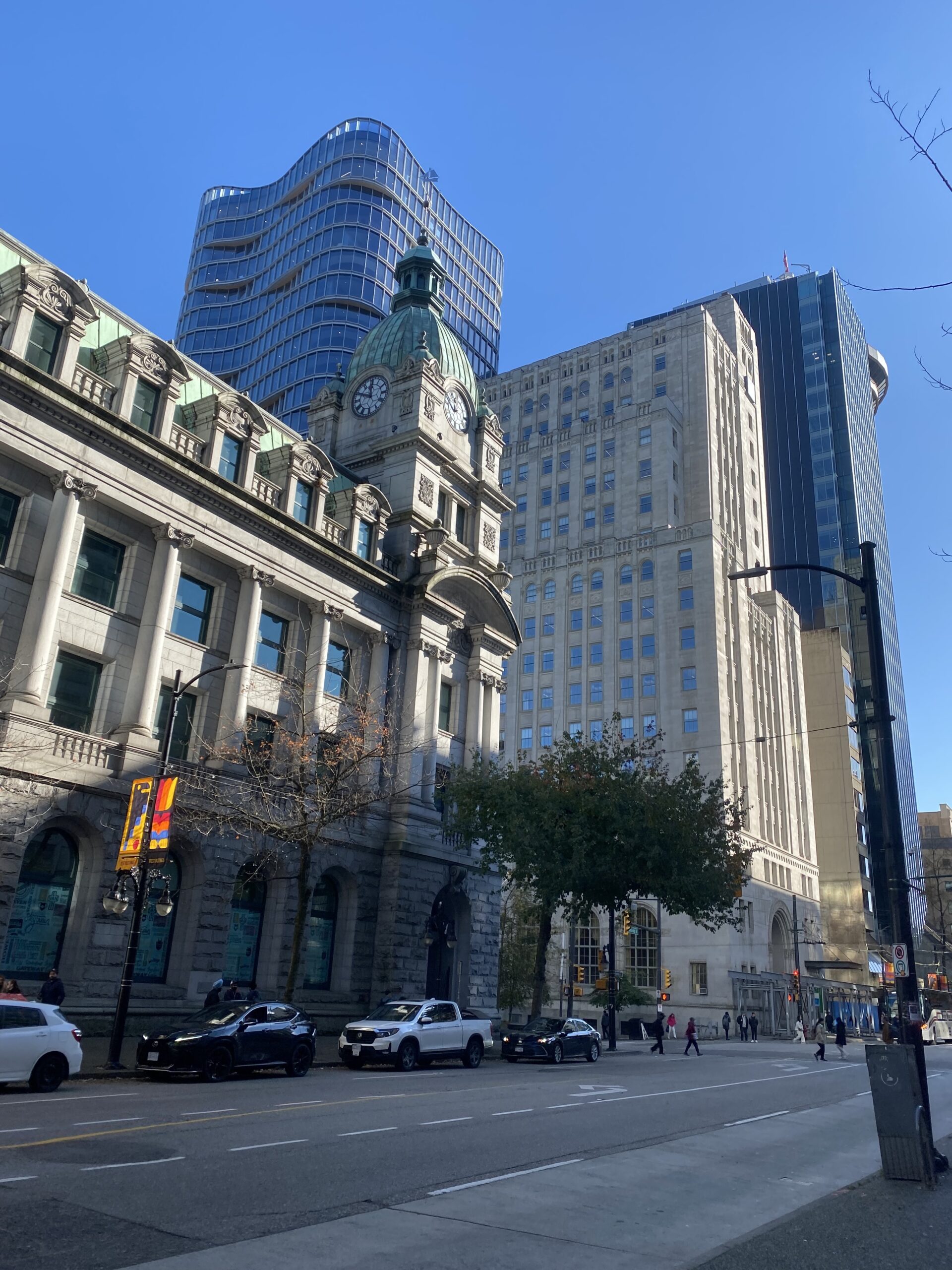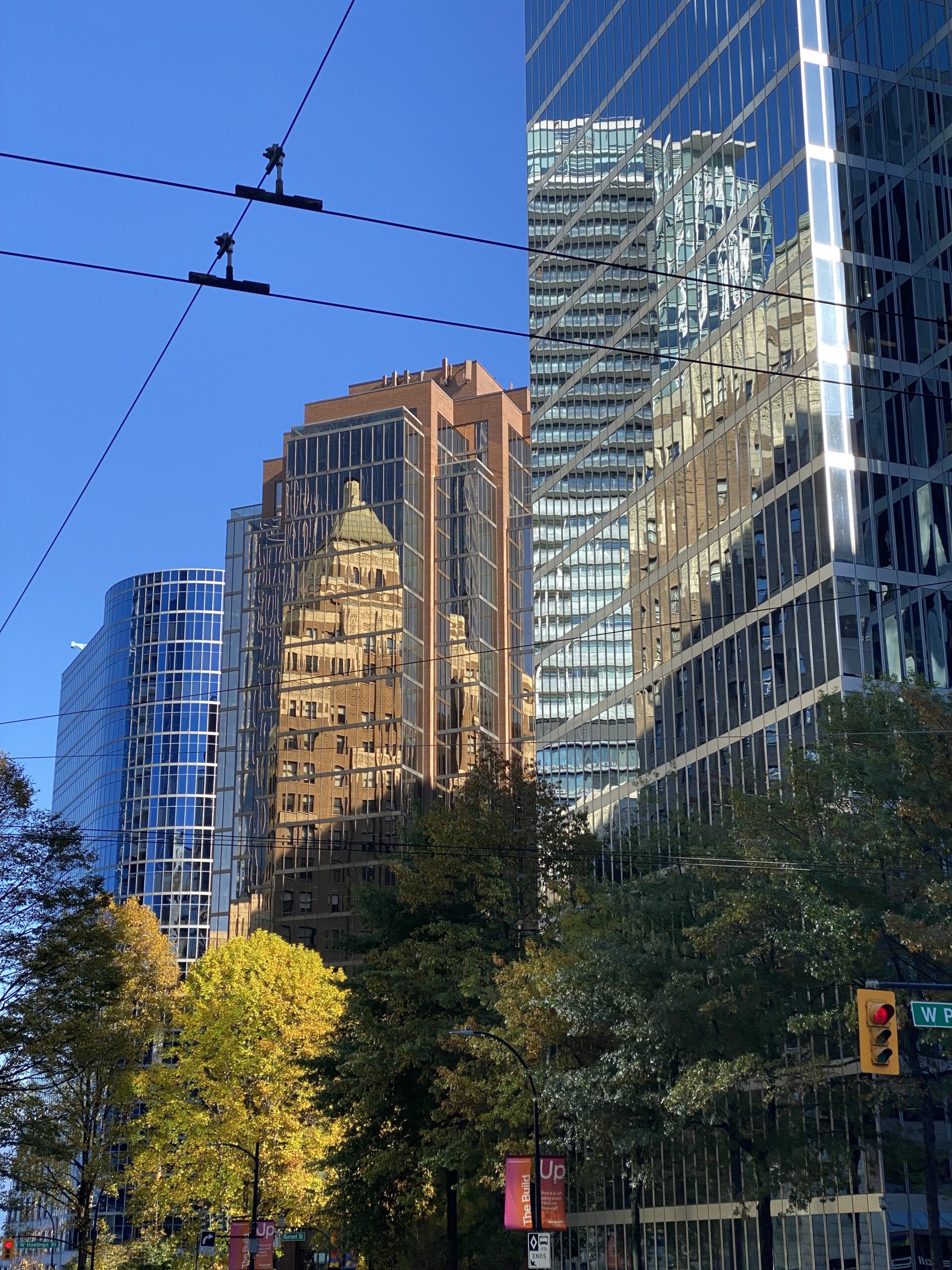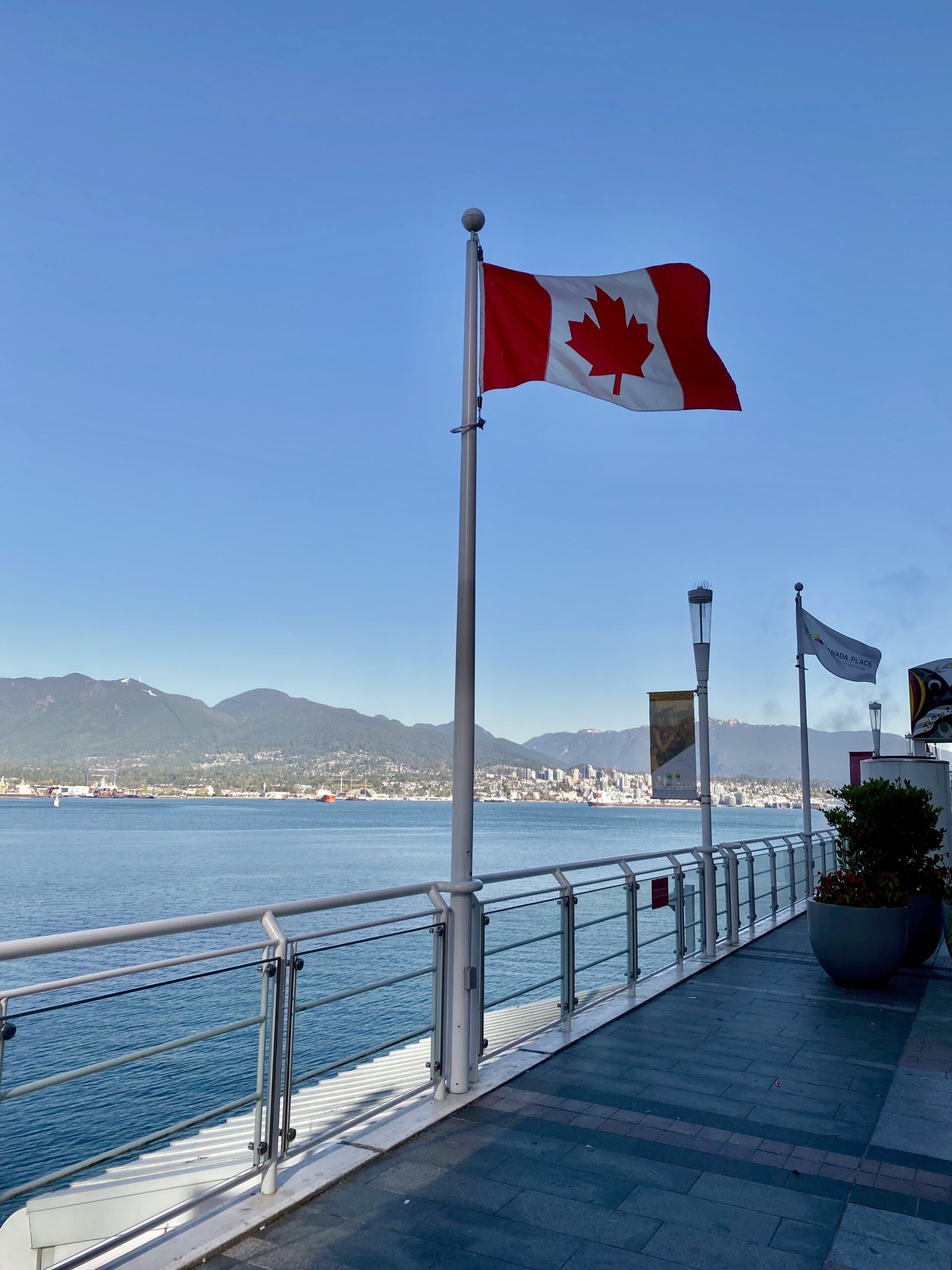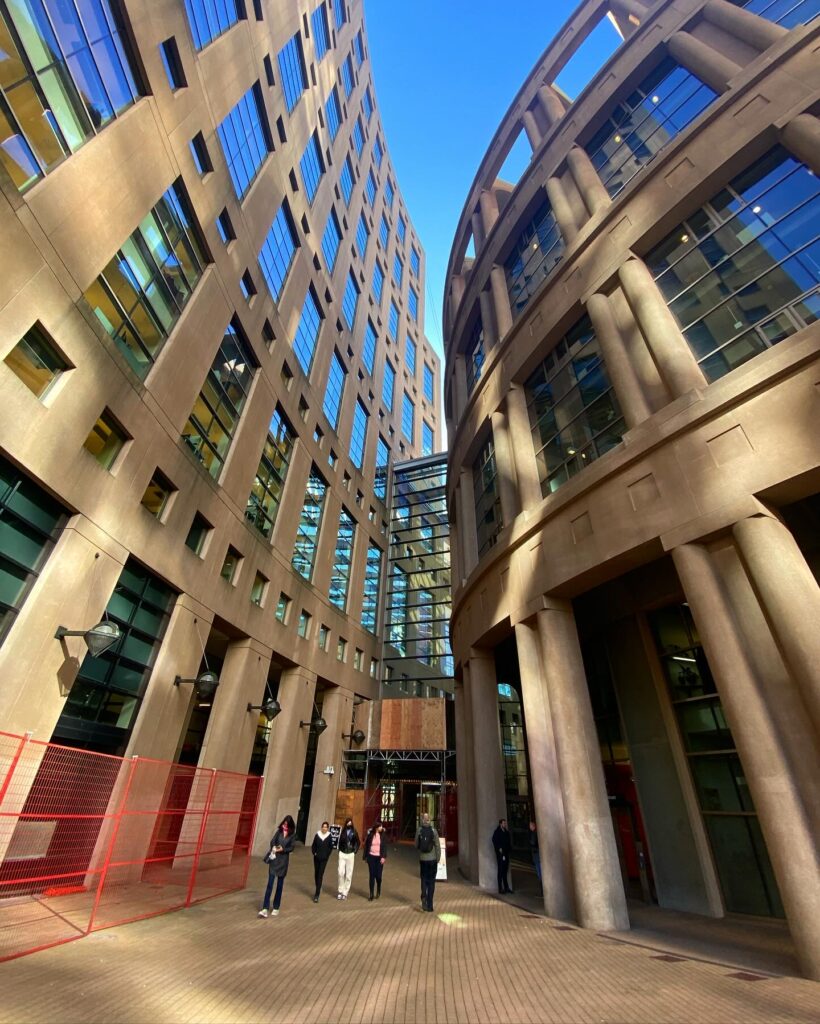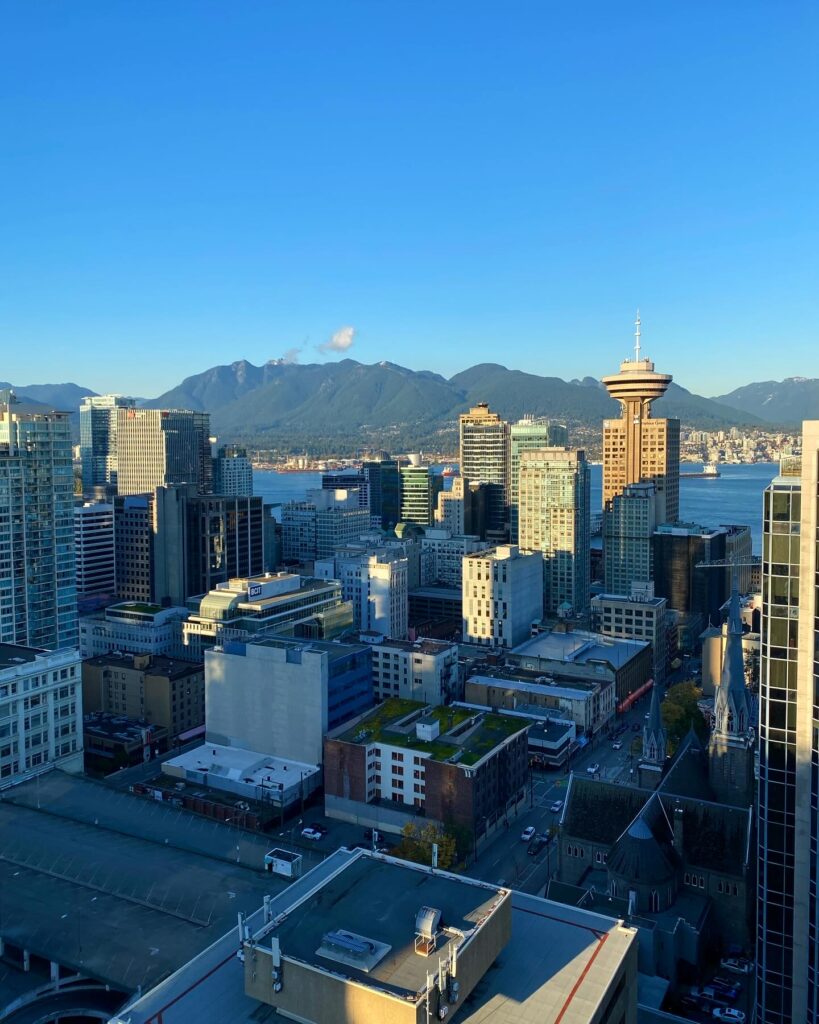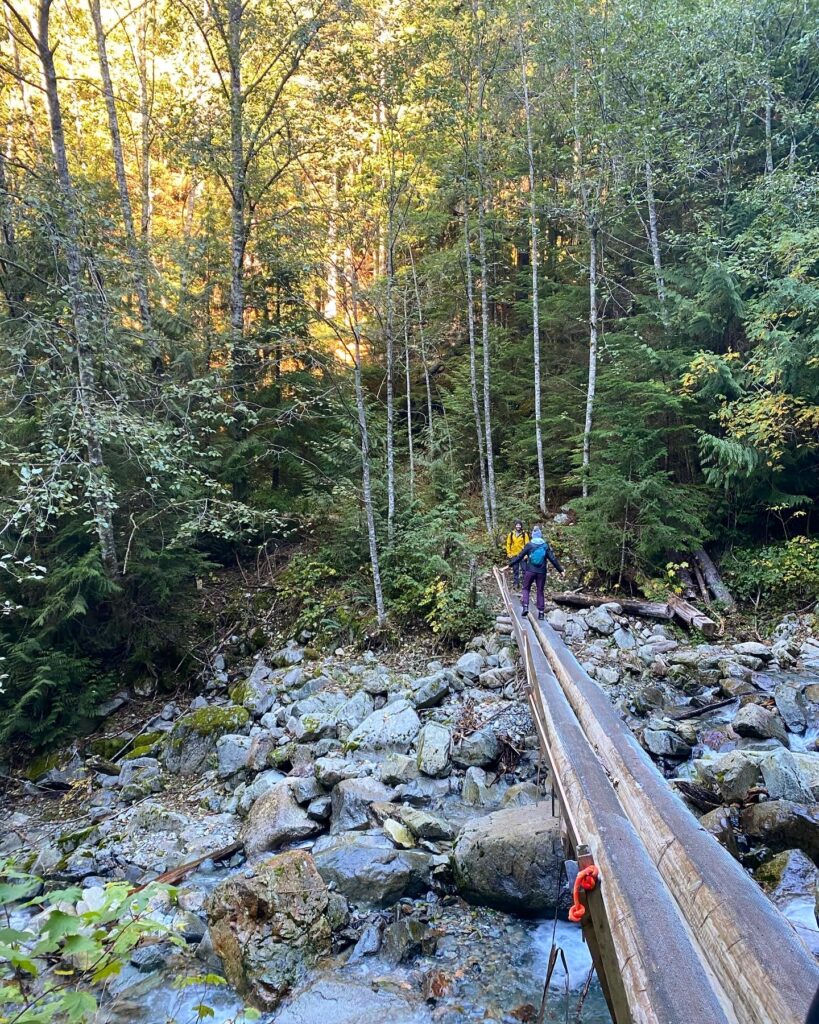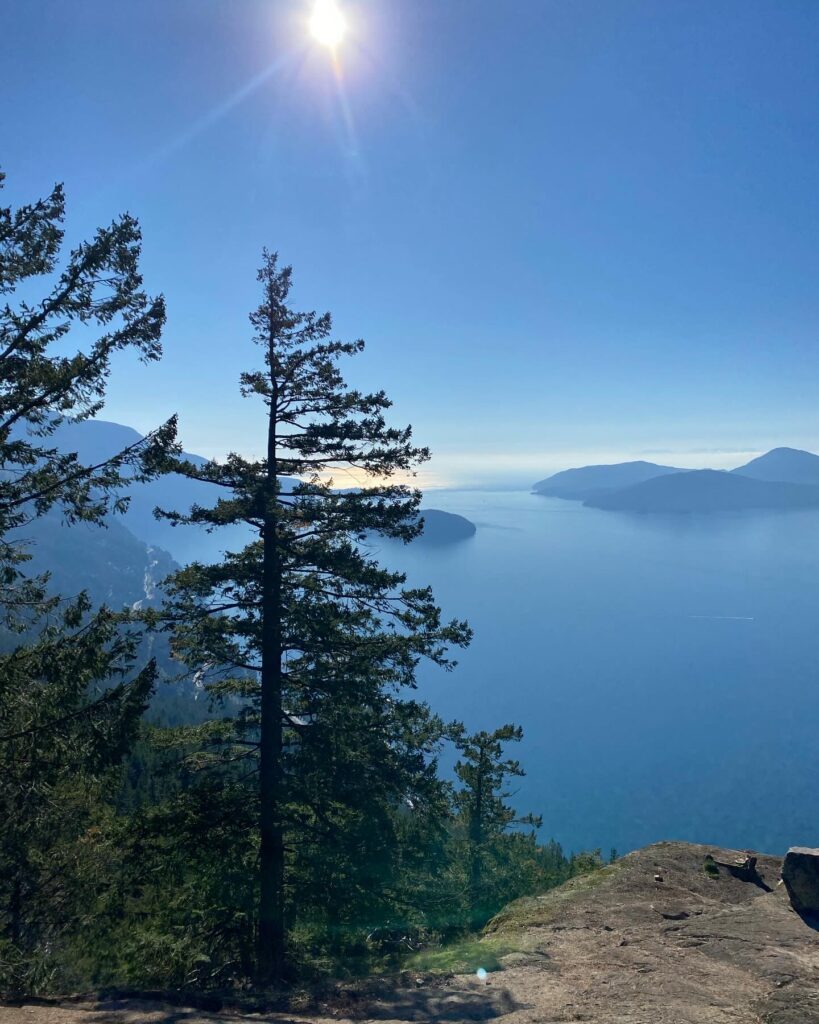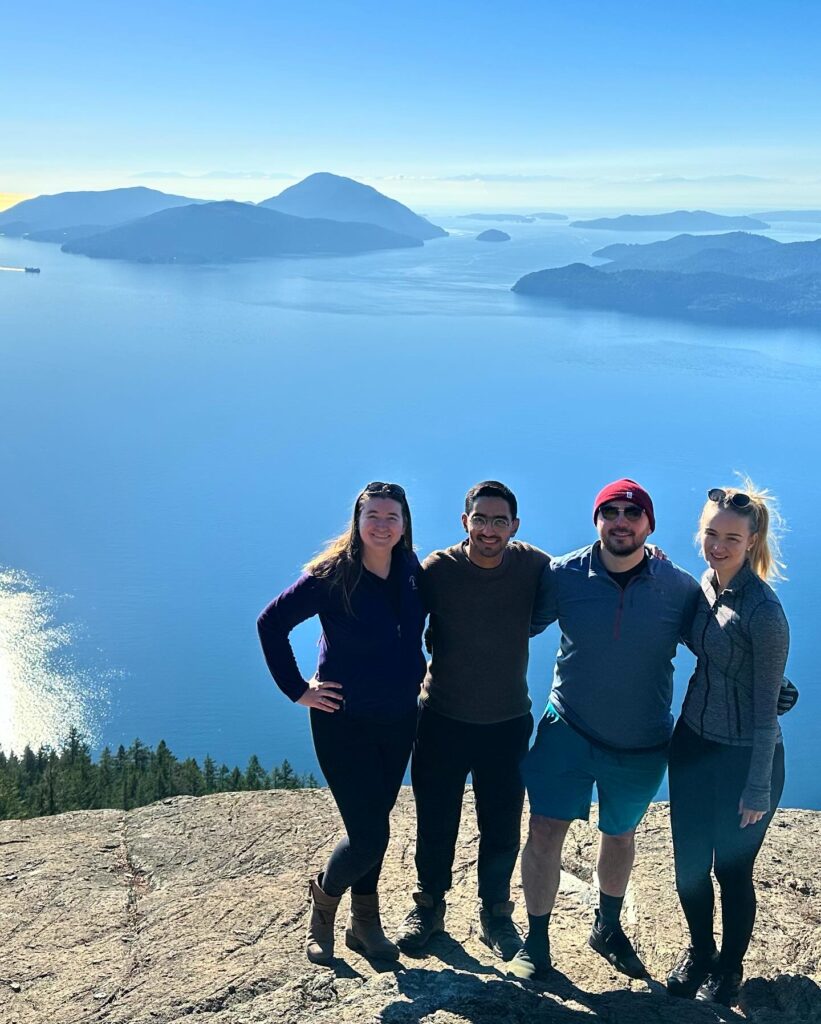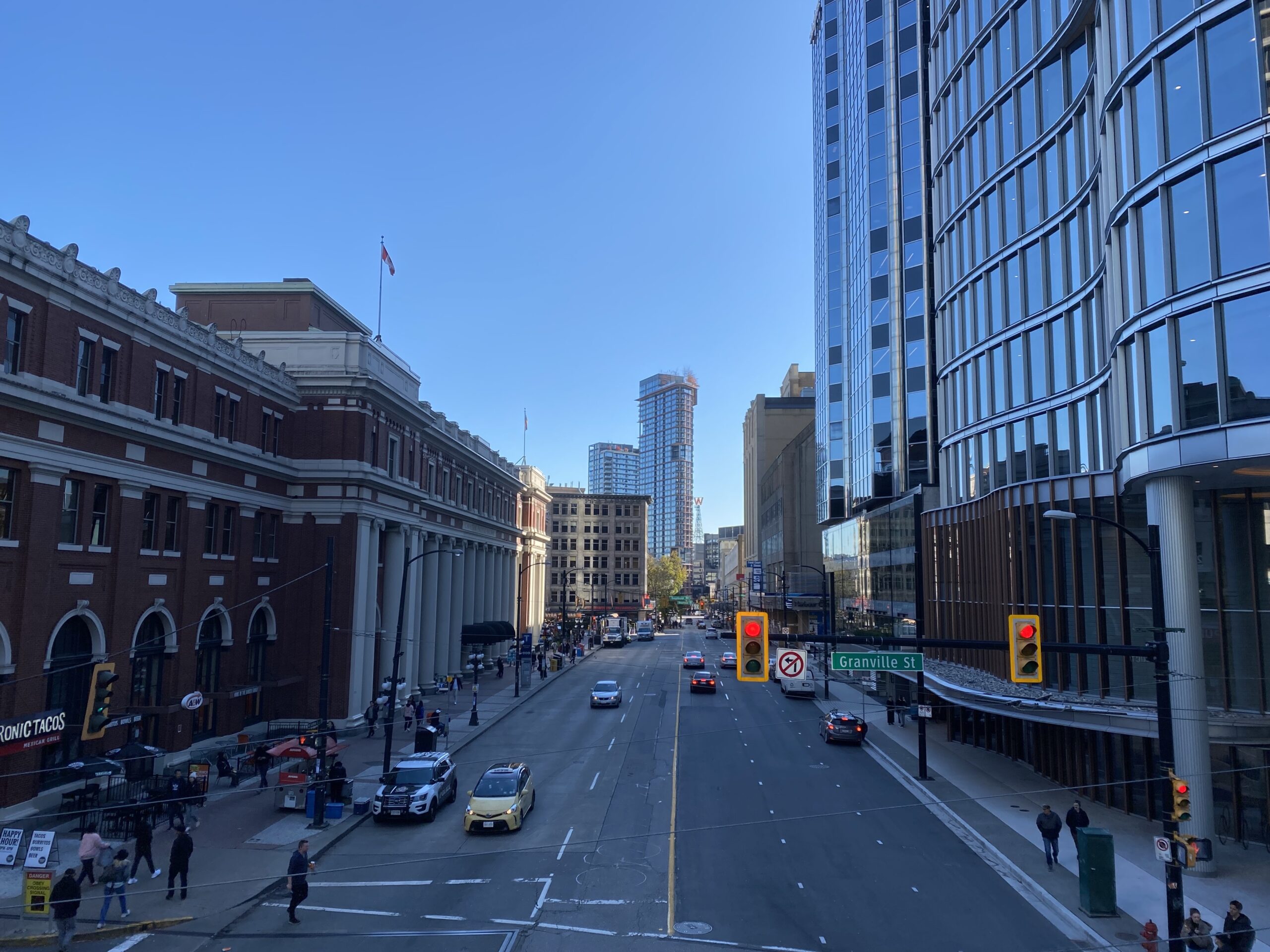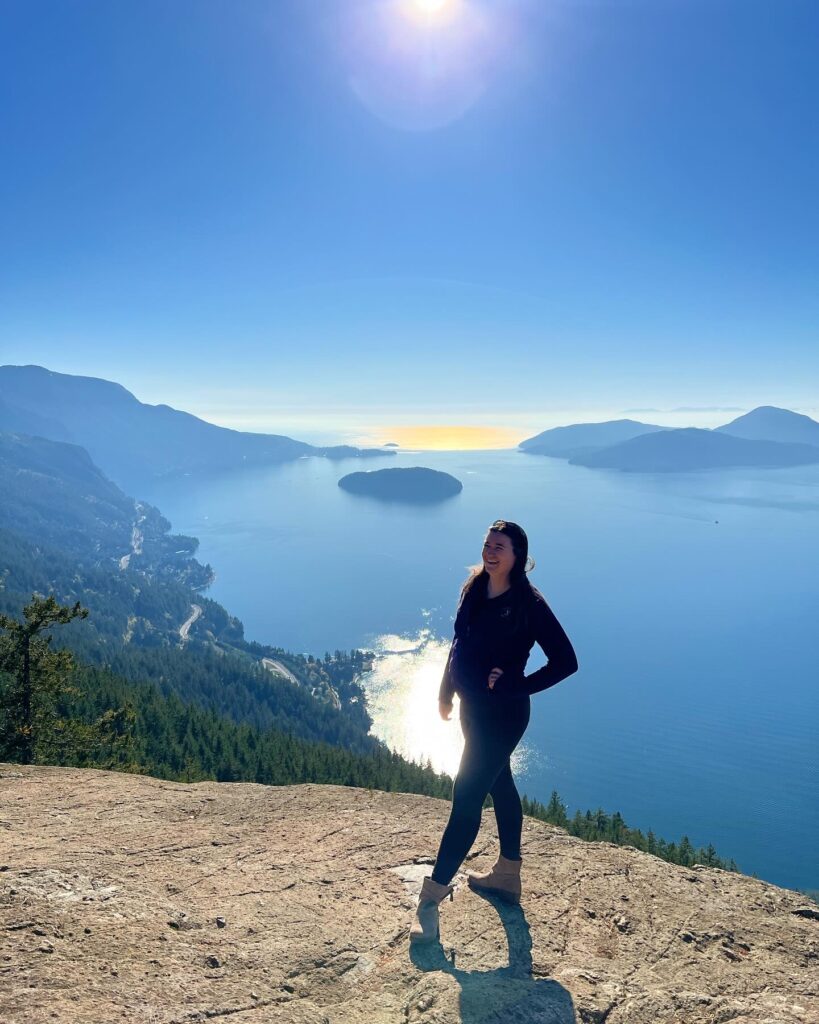When I was looking at my flight options back from Doha, the obvious choice probably would have been Qatar Airways. That said, if I’m going to fly across an entire ocean, I’d rather get miles for it if I can, and Qatar Airways isn’t in an alliance that’s beneficial for me. So I started looking at my other options, and when I filtered for either Star Alliance or SkyTeam, there was a pretty clear winner: Saudia. They partner with Delta, the flight was way cheaper than my other options, and they have a stopover program.
Which left me with a different and thornier question, which was whether it was a good idea to do a stopover as a solo American woman. Saudi Arabia only opened to tourism in 2019, so there really wasn’t a lot of information out there about what it was like to travel there, and they haven’t historically had the best track record on women’s rights. I spoke with a few other travelers about it, and they both told me it was safe, so I went for it, and I’m really glad I did! It was a fascinating place to visit and I’m also happy I saw it at this particular moment in time – I can see the trajectory of their budding tourism industry, but right now it’s still fairly nascent.
Let’s start with a quick rapid fire. The policies may later change, but this is accurate as of February 2024 when I went.
Did I feel safe in Saudi Arabia? Yes. I felt completely safe. This includes walking alone late at night and taking Ubers at all times of the day. Do women have to cover their hair? No, and I didn’t cover mine. In theory, if you go to a mosque you would need to, but that is true regardless of what country you’re in and the only mosques that non-Muslims can enter in all of Saudi Arabia are in Jeddah. Do women have to wear an abaya? No, but they do need to cover elbows and knees. I wore long pants and a long-sleeved shirt about half the time, and then I did buy an abaya in Qatar because I had a super fancy dinner planned and I wanted to look nice. Locals seemed a bit bemused/pleased when I wore the abaya but no one commented either way.

With that out of the way, let’s get to the trip report!


As part of the stopover program, Saudia handled my transit visa and paid for my first night of my hotel. The one clunky piece of this was that I couldn’t add on a second night and just pay for that, I had to find the hotel and book them separately for the second night. And then I did have to check out and back into my hotel. But it was pretty painless, and the hotel room that they paid for was nice and very centrally located. It was right next to the National Library, which I didn’t get a chance to go in but was a really cool building.
I landed around 5 pm, and wow, rush hour traffic is bad. It looks like they might be starting to build their first train, but it’s not surprising that car culture reigns supreme in Saudi Arabia. I took Ubers the entire time I was there, which worked really well. I never had to wait too long, even when I was fairly far away from the city center. It took a little while to get to my hotel, which was fine because the only thing I’d planned for the first night was a fancy dinner! I’d made myself a reservation at The Globe, which is at the top of the building that looks like a pyramid in the golden sphere. And fun fact, it was Valentine’s Day the next day so they had a special set menu for that.



The food was pretty good. No alcohol – it looked like you could potentially add it on for an expensive fee, but I didn’t really care enough to ask. My real goal, though, was to do this for the view of the skyline, which was so cool! I love the building that looks like a giant bottle opener.


Leading up to this, one of my biggest questions was how the locals would feel about tourists. Going from fully closed to tourists, to a couple years where foreign women visitors were required to wear the abaya and cover their hair, to now – it feels like a lot of substantial changes in a pretty short amount of time. And in my experience, I found the local Saudis to be very warm and welcoming! Everyone asked me if I had been to Saudi Arabia before, how I was liking it, if I needed any recommendations of what to do. Even at the airport, the customs/border agents were smiling and laughing as I walked up, which is unlike…. almost every border experience ever. When I was leaving The Globe, one of the guys who worked there offered to take my picture with the sign, and then he wanted to take a selfie together as well!


I assume it’s because of the overwhelming heat during the day, but the timing of everything is later than most countries I’ve been to. My dinner reservation was for 8:30 pm. As I was walking back to my hotel, the mall that I walked past was still open, and had a closing time of 11 pm or midnight. I went in and wandered around for a bit. There’s always something a little surreal about seeing mostly American brands translated into different languages and cultures – I’m not sure I’ve even seen a Bath & Body Works outside of the US before!


The next morning, I had some free time in the morning, so I took an Uber to the National Museum. There aren’t a lot of tourist-y sites in Riyadh – it’s pretty much the museum, the adjacent Murabba Palace, and the Al Masmak Palace, which was closed when I was there. Both the National Museum and the Murabba Palace are free.



Between the museum and the palace, the museum was more interesting to me – a national museum is the chance to see how a country wants to portray itself. What pieces of history they highlight or skip over, what they’re proud of, what they display. And Saudi Arabia is in the midst of what might be one of the world’s biggest PR campaigns. Ever since Mohammed bin Salman (MBS) was announced as crown prince in 2017, Saudi Arabia has been making significant moves. Opening the country up to tourism and allowing women to drive are the most noticeable, certainly, but they’ve also been doing a lot of sportswashing with massive Aramco sponsorship in Formula 1 and the LIV tour in golf. They’ve announced multiple massive urban planning projects, like The Line, a proposed smart city in Neom that’s currently under construction, and an attempt to “re-green” the desert to help with climate change in the region. So yes, I was curious to hear how Saudi Arabia would present itself in its own words.
The first floor is primarily the history of the peninsula. A little about its geology and how it came to have the oil that has made it wealthy and powerful, and then the development of trade routes across Asia and how Saudi Arabia was tapped into that. And then I took the elevator upstairs, and found myself in a very detailed recount of the life of the prophet Mohammed. The second floor focuses on how Islam shaped Saudi Arabia, and it does not shy away from the theocratic aspects of their society.



Once I was done reading about how Islam transformed Saudi Arabia, I wandered through the garden and then Murabba Palace. That one didn’t have as many exhibits, or at least I didn’t know where to find more exhibits, so it was just a few smaller areas with photos and details about the King’s life. From there, I took another Uber to my next location, a Carrefour far from the center of the city.

I had booked a tour for the afternoon! When I was deciding on whether to come to Saudi Arabia, I had a choice between Riyadh or Jeddah. I chose Riyadh for a few reasons, including the idea that it was probably a truer introduction to Saudi Arabia than the comparatively liberal Jeddah and the desire to see the capital, but the main deciding factor was really that I wanted to see The Edge of the World. I had seen pictures online before and I thought it looked pretty amazing.



And you know what? It was. The company drove us out a couple hours from the city, first through small towns and then through the desert until we came to the edge of a cliff. We walked along it, even climbing all the way out to the tip of that rock formation (which was way less precarious than it looks in the photo). Then our driver made us dinner, so it was me and five others sitting there, eating our meals as the sun set over the cliffs. I got back to the hotel very late, but I’m really glad I signed up for it.


The next morning, I took an Uber back to the airport and took a direct flight home to Washington, DC. There are other areas of Saudi Arabia I would be interested in, namely Jeddah and al-Ula, which is a set of ruins that is allegedly reminiscent of Petra. But for Riyadh, the day and a half or so that I had was probably sufficient, unless they develop out their tourism a bit more.


You don’t need me to tell you the things that Saudi Arabia needs to work on. You probably already know about their problems with human rights, the power that an absolute monarchy can wield, and what concerns develop when one religion is taken to the extreme. And the level of gender segregation is jarring. In every restaurant, there was a men’s section and a family section, where women and children were allowed to be served. In my hotel, the gym separated out the hours that you could go depending on your gender. I know that coming in as a foreigner is not the same experience that Saudi women have, and I know there are still plenty of problems left to resolve.
In advance of my trip, I also read Daring to Drive by Manal al-Sharif while I was in Ethiopia. It had been on my TBR list for ages. Manal al-Sharif was one of the main women pushing for the right to drive in Saudi Arabia, which was granted in 2017. Licenses were first issued to women in June 2018. I would absolutely recommend the memoir, which was a great introduction on the women’s right to drive movement and what life was like up until about 2016.
Still, I was blown away at how much things had changed in the decade or so since the events detailed in her book. I saw women driving. I saw a huge, beautiful women’s college on the drive from the airport into the city center. There are no religious police anymore. No one asked me to cover my hair. No one even gave me so much as a second glance as a woman with uncovered hair or western clothes. Everyone I interacted with seemed happy to see me as a tourist in their country, and they wanted to know if I had ever been to Saudi Arabia before and whether I was enjoying my time there. I left feeling a lot more encouraged and hopeful for Saudi Arabia’s future – I think they’ve made an incredible amount of progress so far, and I’m curious to see what happens next.































































































































































